Articles
Welcome to the exchange of thoughts and its proliferation. We believe in giving hands and legs to content, drawn from the experience of working with our huge talent pool and then enabling that content to travel far and wide.
We feel our readers are quite discerning, always eager to acquire knowledge and share the same with their fellow beings. Please do drop in a line of feedback if you choose at transys@tgfworld.com
India’s GCC Evolution: Why Logistics could be the Next Big Frontier!
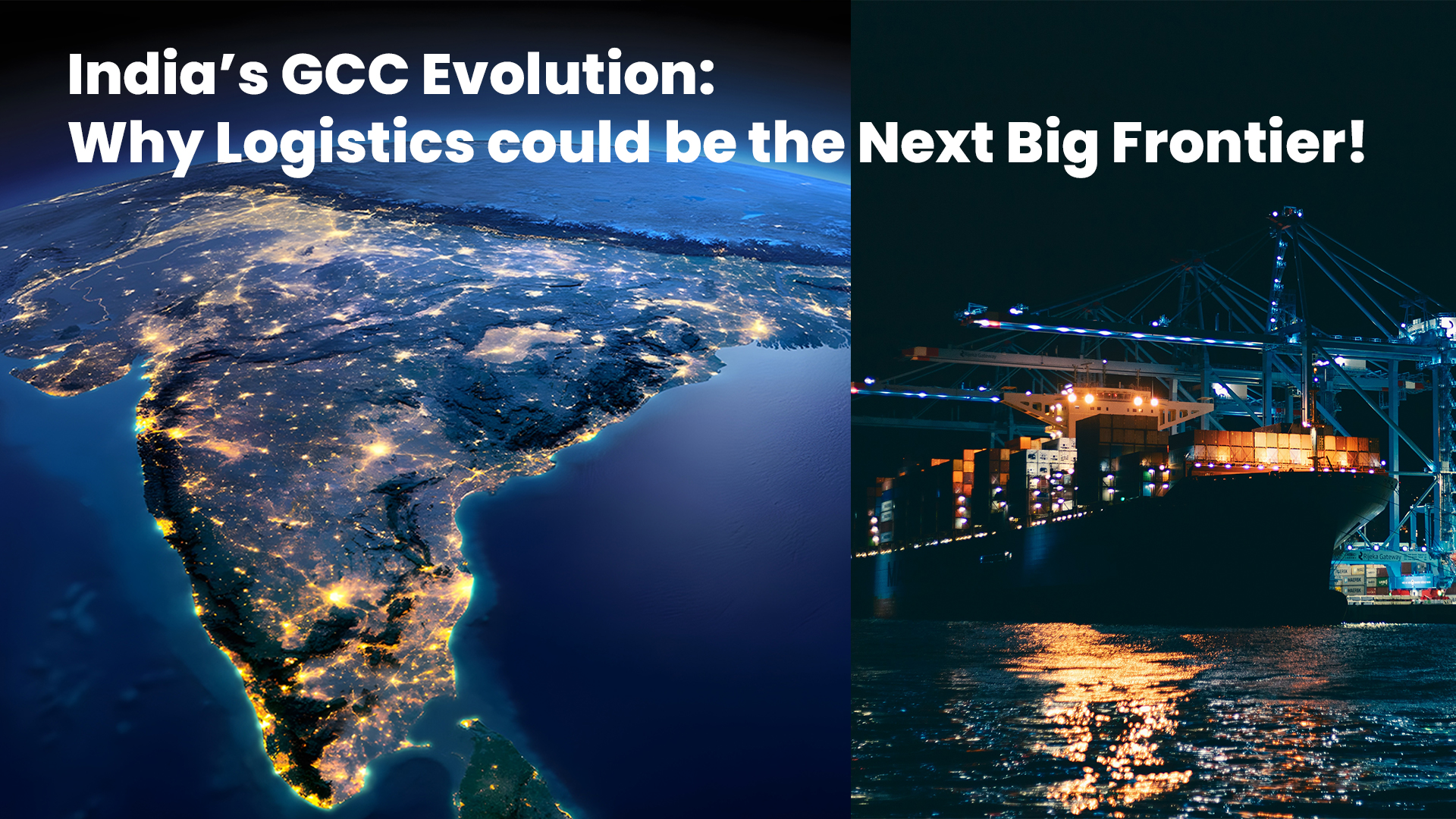
India’s Global Capability Centers (GCCs) have been reshaping the way multinational companies manage global operations. Initially, these centers were built around back-office efficiency and acted as transaction-processing units, but over time, they have evolved into innovation hubs, handling advanced analytics and end-to-end business solutions.
According to PwC India the GCC industry is projected to grow at a CAGR of 11–12% between FY25–29. Another report confirms that the Indian GCC industry is expecting to reach US$100 billion by 2030 and employ over 2.5 million professionals. With more than 1,700 GCCs already operational in India, the number is expected to cross 2,400 by the end of this decade.
Why air freight is crucial for fast moving e-commerce deliveries

In recent years, e-commerce has become a lifeline for global trade, reshaping both customer behavior and business strategies.
According to statistics, e-commerce currently stands at $6.8 trillion and is expected to reach $8 trillion by 2027, accounting for 20.8 % of total retail sales. With this rapid growth, customers now expect fast global shipping, transparent tracking, and seamless cross-border experiences.
To meet these demands, various factors play a vital role, including smart warehousing, last-mile logistics, customs clearance, air freight forwarding, and many more. Among all these, air freight stands out as one of the most crucial drivers for fast e-commerce deliveries.
Trump Tariff on India: Humanitarian Vision, Ukraine pressure tactic or something else?

On August 6, 2025, the White House signed an executive order adding a fresh 25% tariff on U.S. imports from India, explicitly linking the move to New Delhi’s continued purchases of Russian crude. The duty kicks in 21 days after the order and stacks on top of existing Trump-era tariffs, putting many Indian exports on the cusp of 50% duties. These are among the steepest levies that have been imposed on any USA trading partners.
While the decision was sudden, many analysts tried looking at the underlying reasons that might be influencing the decision. While the stated rationale is national security: the order cites the ongoing war in Ukraine and argues that penalizing countries importing Russian oil..
Tariff war fallout: What Indian freight forwarders must know about Trump's 2025 trade strategy
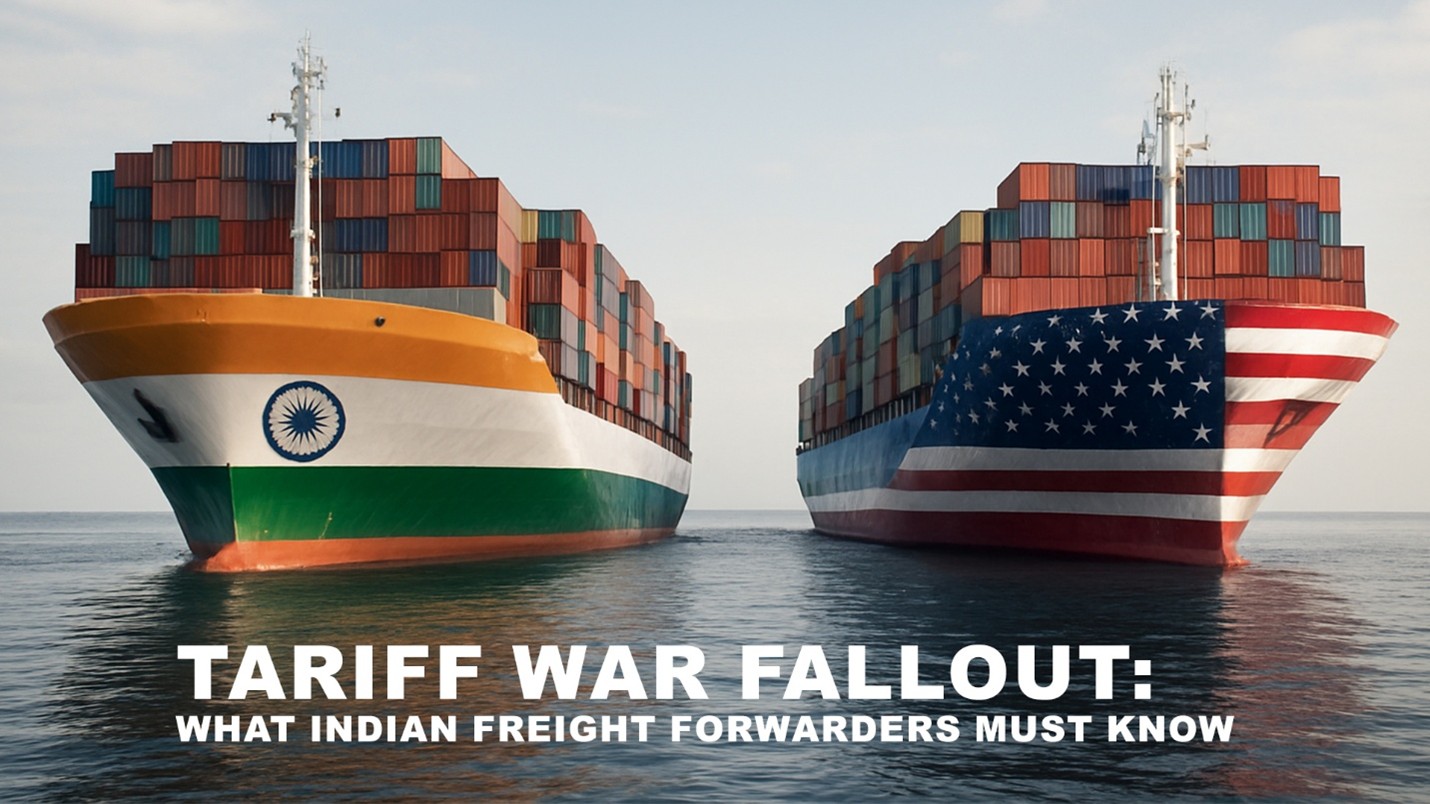
In 2025, the re-emergence of Donald Trump as U.S. President has reignited global trade tensions. His renewed tariff measures are already redefining trade routes, hitting India’s exports at the forefront.
As per BBC.com, in early August, the Trump administration increased tariffs on certain Indian goods from a 10% standard rate to targeted duties ranging from 25% to 50%. These hikes also include explicit penalties linked to India’s purchases of Russian oil.
The new rates will take effect 21 days after August 7, leaving exporters with only a short window to adjust shipments, manage inventory, and renegotiate prices.
Integrated Supply Chain Operations: Unlock Efficiency & Growth!

In recent years, integrated supply chain operations have become a critical pillar of successful supply chain management. Research shows that supply chain integration is essential for achieving maximum operational efficiency. Another study confirms that internal integration fosters greater collaboration and trust, supporting long-term business success.
Moreover, Capgemini stats confirm that intelligent supply chain operations can boost working capital by 20%, cut operational costs by up to 50%, raise customer satisfaction by 15%, and grow revenue by 5%.
Foreign Investment in Indian Logistics: Threat or Opportunity?

India’s logistics industry is growing fast and gaining global attention. As per stats, the Indian logistics market was valued at US$ 317.3 billion in the year 2024 and is projected to reach $ 484 in 2029, growing at a compound annual growth rate of 8.8 percent. Impressively, the country improved its rank from 44th to 38th on the World Bank’s Logistics Performance Index, showing clear improvement in efficiency and infrastructure.
Furthermore, Government programs such as PM Gati Shakti Yojna, National Logistics Policy and massive investments in multimodal logistics parks are not just reshaping the logistic landscape but are making it a fertile ground for international logistics brands as well.
Digital Freight Forwarding vs Traditional: Which One Should You Choose?

The logistics industry has witnessed monumental changes over the past decade, fueled by the rapid adoption of technology. Nowadays, businesses are seeking more agile, data-driven solutions to meet the demands of modern commerce and stay competitive in an increasingly dynamic environment.
As a result, digital freight forwarding is emerging as an attractive alternative to traditional freight forwarding models.
According to a recent industry report, the global digital freight forwarding market is expected to reach USD 20.63 billion by 2027, growing at a CAGR of 24.2%.
India’s Global Trade Playbook: How Personalized trade deals are shaping strategic inter-country relationships

Trade is what has kept the world going for centuries, right from Indus Valley Civilization to current times. The very basis for finding new lands, new routes and even colonization was trade and going forward, trade will be pivotal in changing the world order in future!
In the past few months we have seen a churn in the current trade order. Reciprocal taxes, trade partnerships and the limited response of WTO to unilateral tariff changes have put the existing trade relations under strain. New players are emerging and multi-lateral trade relationships are being formed as many are prioritizing trade over long term alliances around religion or culture.
How Reciprocal Tariffs Impact the Automotive and Pharma Sectors: Navigating the Path to US Markets

The global trade environment is undergoing significant transformations, especially sincethe beginning of the second term of President Donald Trump. Today, tariffs andreciprocal tariffs are emerging as a focal point of discussion in relation to trade with the USA. While historically, the USA has been a market to the globe with everyone wantingto sell to the USA, the tariff talk seems to threaten to wear off that charm and countries like India need to take a hard look at the impact that the tariffs will have on the localeconomy and how it can be mitigated.
From a freight forwarder's perspective, understanding these developments is crucial for optimizing supply chains and weakening potential disruptions.
Cold Chain Logistics: The Role of Air Freight in Temperature-Sensitive Goods Transport!

Cold chain logistics plays a crucial role in ensuring the safe transport of temperature-sensitive goods such as pharmaceuticals, fresh produce and frozen foods.
Stat shows the global cold chain logistics market is growing at a CAGR of 15.1% and is projected to reach $647.47 billion by 2028. With the increasing demand for frozen food , fresh produce and temperature-sensitive pharmaceuticals, managing an efficient cold chain has become more important than ever.
Understanding the Suez Canal Crisis: Risks, Impact & Solutions!

The Suez Canal is a lifeline of global trade. Stat shows that it plays a vital role in global trade by carrying 12% of the world’s shipping traffic and connecting key markets across Asia, Europe and North America. However, its strategic location also makes it vulnerable to disruptions ranging from geopolitical conflicts to logistical challenges.
Congestion, blockage incidents and the recent geopolitical instability withstanding, the Suez Canal remains a crucial yet fragile trade link. In recent times, the Israel-Hamas conflict has caused further disruptions to global shipping and highlighted the Suez Canal's vulnerability once again.
How Logistics Will Drive India’s $5 Trillion Vision: Key Initiatives & Challenges!

India has set an ambitious target of becoming a $5 trillion economy by 2027. The Indian Government’s five-year masterplan states that to achieve this vision, the government is implementing a series of transformative initiatives, including infrastructure upgrades, digital integration, and policy reforms.
While these initiatives are crucial, the logistics sector can play an equally vital role in achieving this vision. According to statistics, the logistics industry contributes 14% to India’s GDP and holds the potential to enhance economic efficiency and competitiveness.
Moreover, Experts predict that increasing efficiency in the logistics sector could reduce costs by 4-5% and can significantly enhance the global competitiveness of Indian products.
Top 10 Technologies Revolutionizing Supply Chain Management in 2025

In recent years, the supply chain industry has undergone significant transformation due to technological advancements and the increasing complexity of global trade. For freight forwarding companies in India, this evolution has enabled businesses to enhance transparency and adapt to rapidly changing market demands.
Stat shows that 78% of companies are exploring technology solutions to improve product development efficiency and 85% of companies have plans to adopt or have already adopted AI technologies.
If you are interested in learning about the latest technologies transforming business operations, we are here to help you.
The Emerging Challenges in Europe and What It Means for Global Suppliers
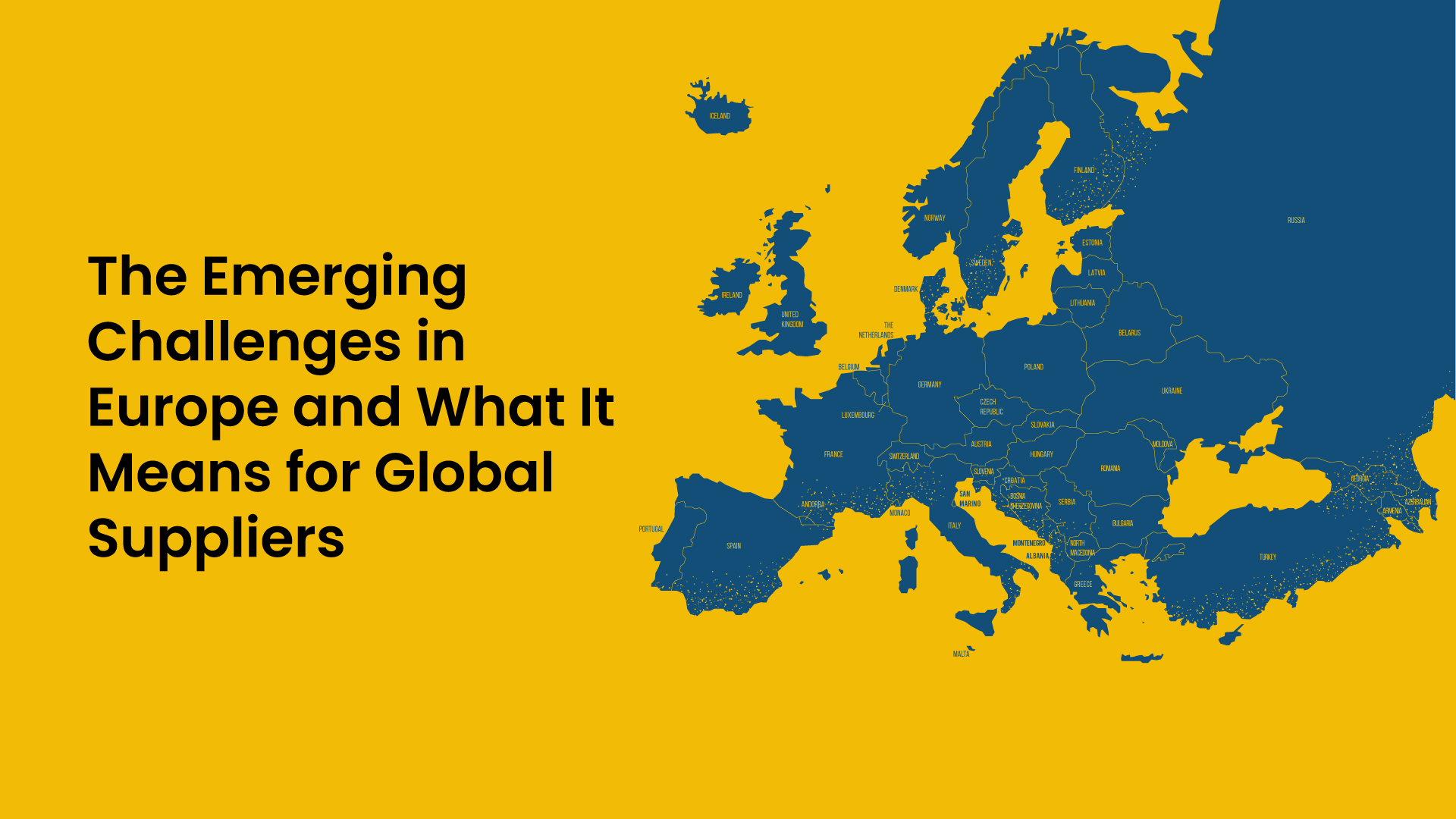
For decades, Europe has stood as a symbol of stability, prosperity, and opportunity. Its robust economies, affluent consumers, and innovative markets made it a haven for global businesses and suppliers. But the tides are shifting. Today, Europe finds itself grappling with challenges that are rewriting its economic and social narrative.
Inflation, political unrest, an aging population, and an influx of immigrants that is straining the public welfare schemes are converging to create an uncertain future. As the situation evolves, it is important to ask questions about the changing dynamics and their implications on global supply chains.
Top 5 trends in international freight forwarding for 2025-26

The new year is just around the corner, bringing fresh beginnings and opportunities. As we welcome 2025, industries across the board are gearing up for transformative changes and embracing new trends.
The freight forwarding sector is no exception.
As per the Global Trends 2025 report, various factors such as globalization, demographic shifts, and climate change will drive significant changes in the logistics sector and reshape the future of global supply chains.
Staying ahead of these trends has become more crucial than ever for businesses involved in international freight forwarding. This knowledge is key to maintaining a competitive edge and adapting to the dynamic demands of the global market.
Air vs. Sea Transport in Pharma Logistics: A Shift Towards Cost-Efficiency

In recent years, the pharmaceutical industry’s logistics preferences have evolved significantly. Traditionally, airways have long been the preferred mode of transportation for pharmaceutical goods due to a variety of reasons including speed, temperature-controlled transportation, reliability and capacity to handle urgent delivery requirements in less time.
However, this trend is changing rapidly and there is a growing inclination toward sea transport in the Pharma industry logistics. This trend is driven by a combination of economic, environmental and logistical factors that are creating a more cost-effective and sustainable shipping solution for large-scale pharma shipments.
Unlocking E-Commerce Success: The Rise of Warehouse Hubs and ways to bridge the skill gap

The e-commerce sector in India is experiencing rapid growth due to the increasing adoption of online shopping. According to recent statistics, the number of online shoppers is expected to reach 427 million by 2027 and is projected to push the industry’s value beyond $300 billion by 2030.
To support this growth, India plans to establish 50 e-commerce export hubs to enhance logistics efficiency and reduce delivery times for online sellers. These hubs will facilitate faster distribution and position India as a key player in the global market.
Strengthening India's Shipping Infrastructure: Key Investments Needed for Global Competitiveness

India is at a crucial juncture where strengthening of logistics is key to the growth of its economy. Currently, Indian shipping infrastructure leaves much to be desired. While there have been investments and policy changes to improve India’s standing in global logistics, it is important that we focus on shipping infrastructure that goes beyond ports.
In the face of global disruptions and increasing demands, it is essential to address key areas of improvement—domestic manufacturing of containers, reducing reliance on foreign carriers, and tackling dependency on foreign transshipment hubs. This will ensure the Indian logistics is disruption proof and competitive in global markets.
Welcoming Chinese Investments in India with a Balanced Approach

India's relationship with Chinese investments is a delicate one, especially considering the geopolitical tensions post Galvan and the potential risks of "debt trap diplomacy”. Apart from them being a not so friendly neighbour for India, their current trade war with USA, the infamous debt trap diplomacy, their opaque internal politics with the added twist of stories around state sponsored spying on citizens and outsiders, leaves little room for trust and conducive business environment.
However, with China being a major economy, an important trade partner for India and a manufacturer for the world, India cannot afford to ignore it from the Indian business landscape.
India’s Logistics Revolution: Benefits and Challenges of Multimodal Logistics Parks.

India's logistics sector is witnessing rapid growth and establishing itself as a key player in the global supply chain network.As per World Back Logistics Report India ranked 38th out of 139 countries in the Logistics Performance Index (LPI) of 2024. Despite this impressive growth, India’s logistics sector still faces several challenges, such as high logistics costs, inadequate infrastructure and fragmented supply chains.
To overcome these challenges and strengthen India’s logistics landscape, the Indian government has planned the development of 35 multimodal logistics parks (MMLPs) across the country. These parks aim to integrate multiple modes of transport and focus on streamlining the logistics process for greater efficiency and cost-effectiveness.
Transys Global Forwarding: Efficient Logistics Solutions for the Energy Sector

The energy sector is a critical pillar of India's economic growth, powering industries, infrastructure, and everyday life. As India strives to become a $5 trillion economy, energy demand is set to rise, driven by industrialization, urbanisation, and a growing population and believe it or not, logistics plays a critical role in smooth functioning of the energy sector.
The energy sector in general encompasses various sources like thermal, hydro energy, oil and gas, solar, wind, and the burgeoning lithium-ion battery segment. Logistics plays a crucial role by ensuring the timely supply of raw materials like coal, oil, and gas, as well as transporting renewable energy components like solar panels and wind turbines.
How Sea freight forwarding can streamline automotive supply chains in India

The automotive industry has seen rapid growth in India for a few decades. Statistics show that the automotive products market's economic contribution is expected to reach $25.4 billion in 2024, with an anticipated annual growth rate of 3.46%. Moreover, India Brand Equity Foundation (IBEF) predicts that India can become a leader in shared mobility and can be the largest electric vehicle (EV) market in the world by the year 2030.
Despite this growth, the automotive sector faces various challenges such as complex supply chains, timing issues for part arrivals and maintaining quality. Automotive companies adopt sea freight forwarding services extensively as part of their overall supply chain solutions.
5 Effective Strategies to Reduce Lead Time in Sea Freight Shipping

In today's highly competitive business environment, lead time is an indispensable factor that offers competitive edge and determines the overall success of businesses, especially in the current scenario, when sea freight forwarding faces various challenges (such as Port congestion, labor shortages, regulatory changes, geopolitical tensions), it became more crucial than ever for businesses to prioritize reduce lead time to enhance operational efficiency and promote sustained profitability.
Research shows that less variable lead time reduces the optimal cost for businesses while increased lead time is one of the major factors that cause customer dissatisfaction.
Understanding the Corporate Sustainability Due Diligence Directive (CSDDD) and Its Impact on Indian Businesses

The Corporate Sustainability Due Diligence Directive (CSDDD) is a landmark regulation adopted by the European Union on 24th April 2024, aimed at ensuring that businesses take responsibility for the human rights and environmental impacts of their operations. The regulations had been in the works for some time now and even before that there were country level due diligence policies in countries like Germany and France.
With this new regulation, the EU looks to build a level playing field and hold businesses with significant operations in the EU accountable for their impact on the environment.
The Future of Supply Chains: AI Impact and Key Trends for Freight Forwarders in 2024

Artificial intelligence, Machine learning, big data analytics,blockchain technology and paperless logistics…
The list goes on…
Yes, the year 2024 has brought many technological disruptions in the supply chain industry and created a massive impact on logistic operations.
As per a recent McKinsey research, the future of supply is bright with the increased use of AI and digitalization. These modern technologies are exerting a positive influence across various stages of supply chain management. Research confirms that these technological disruptions will enable faster decision-making and enhanced transparency in logistics operations.
Role of Logistics in the renewable energy sector

In recent years, Renewable energy sources such as solar panels and wind turbines have gained immense popularity globally. Increased awareness of environmental concerns and the pressing need for sustainable energy solutions have driven the widespread adoption of renewable energy technologies and made them popular worldwide.
As per a recent statistic, India’s installed renewable energy capacity has reached 179GW and among all options, solar (67 GW) and wind (43 GW) comprised the majority share and showcased significant growth in the renewable energy sector.
The Impact of Political Stability and Policy Continuation on Trade and Supply Chains

2024 is an election year, not just for India but for around 64 countries across the globe! It means that roughly 49% of the global population will go to polls this year and two of the largest democracies of the world, i.e. India and The USA, too will be a part of it –
India and The USA are heading for elections and there is enough excitement and deliberation to understand the impact on trade and international relations whichever way the results lean.
In India, there are multiple things that are at fore. A large number of first-time voters will exercise their franchise this year..
Freight Forwarding in 2024: Challenges and Solutions for the Logistics Industry

Covid-19 has left an indelible mark on every aspect of our lives and triggered a domino effect of economic upheaval worldwide. From global recession to the depreciation of the Indian currency, we are confronting numerous challenges that are hindering economic growth and stability.
These changes have not spared the logistics and supply chain sectors as well. In the year 2024, freight forwarding companies are struggling with various challenges such as disruptions in transportation networks and fluctuations in demand, rise in fuel prices and so on.
A recent CNBC logistic survey confirms the freight recession and indicates that there is little to no growth in the first half of the year 2024 which can lead to stable to downward pricing. Despite this slow start to the year...
Future of Warehousing in India: Trends and Innovations Unveiled
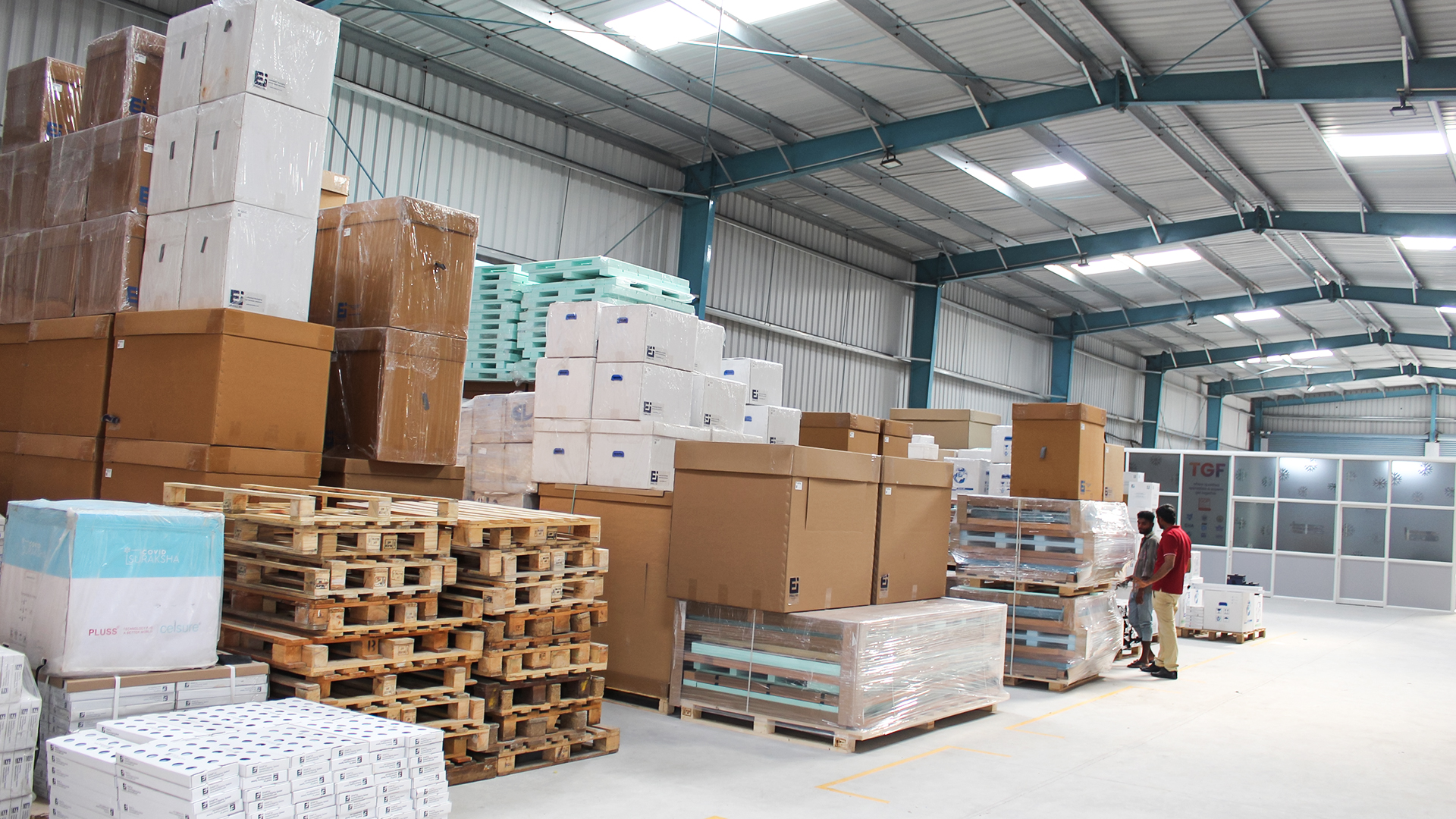
The warehousing sector in India is experiencing atransformative phase, heralding a future of rapid growth and technological sophistication. ‘The Indian warehousing market’ witnessed a record high demand of 4.8 million sq m (51.3 million sq ft) in FY 2022, maintaining similar levels in FY 2023 despite reduced e-commerce sector demand.
This dynamic evolution is backed by a combination of factors, including technological advancements, policy support, decentralisation of manufacturing from China and a focus on sustainability, positioning India for major advancements in warehousing and logistics in the coming years.
High on the 2024 Manifesto - Logistics Transformation and economic growth
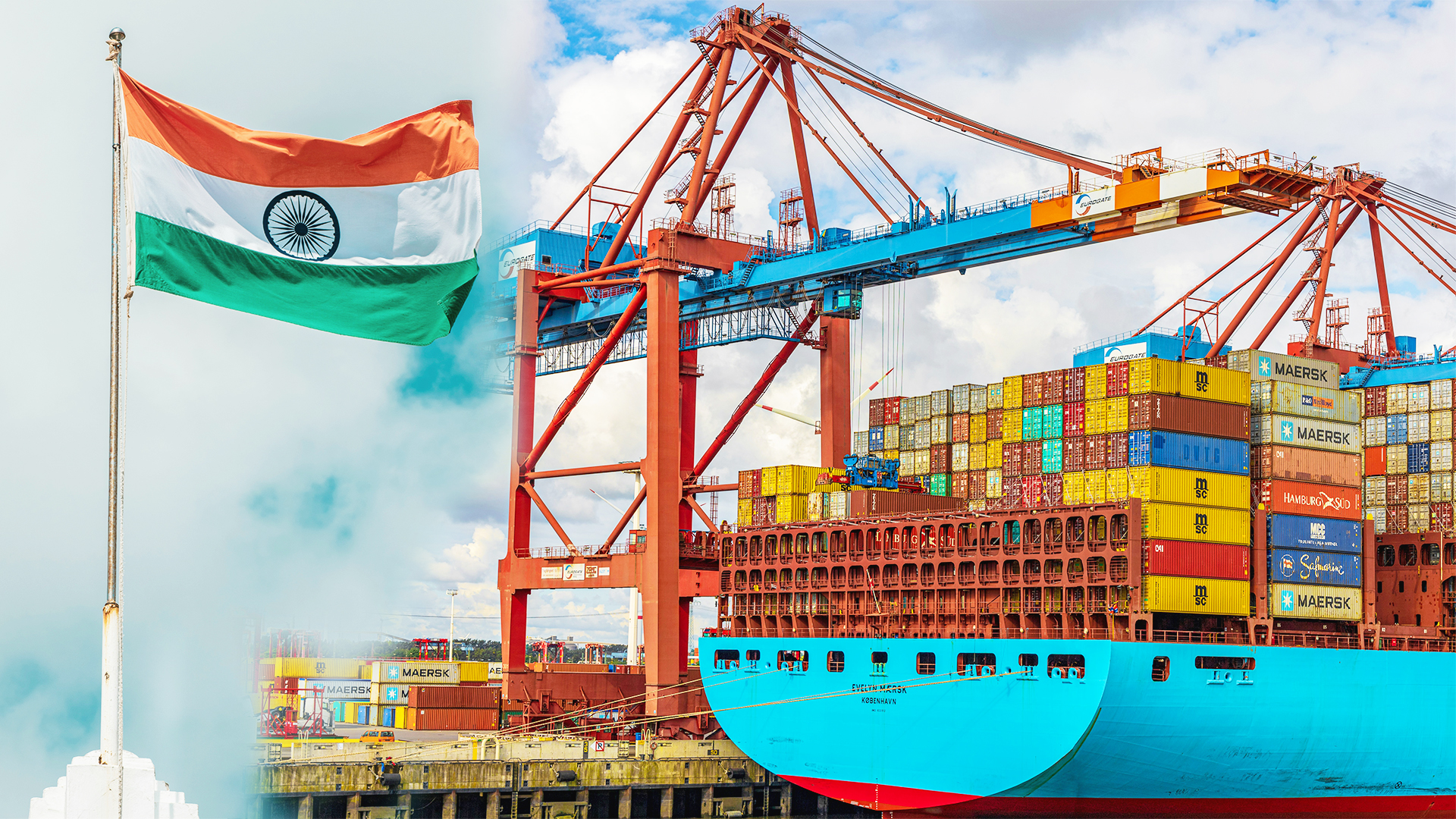
India has always been central to global trade, right from ancient times,
however we seemed to have lost that spot as the global trade underwent
sea change, right from routes, to modes, to even infrastructure
development.
In the past few years, India seems to be catching up, and the future
looks bright. The Indian Freight and Logistics Market size is estimated at
USD 317.26 billion in 2024, and is expected to reach USD 484.43 billion
by 2029, (CAGR growth of 8.83%). There is a push at the government level as well, as it recognises the crucial role that logistics plays in growing the ‘manufacturing sector’ and country’s GDP as a whole.
Cost-effective Solutions in International Freight Forwarding by TGF

In today's competitive business world, the importance of international shipping cannot be overstated.
As per ‘recent research’, international shipping acts as a glue that holds the world economy together and also promotes interconnectedness among countries and businesses.
For businesses in India, exploring international shipping can be a lucrative option. It allows them to showcase the uniqueness of their products to a global audience and helps them establish a global brand presence.
Is the growing instability in international waters a harbinger of Reverse Globalization?
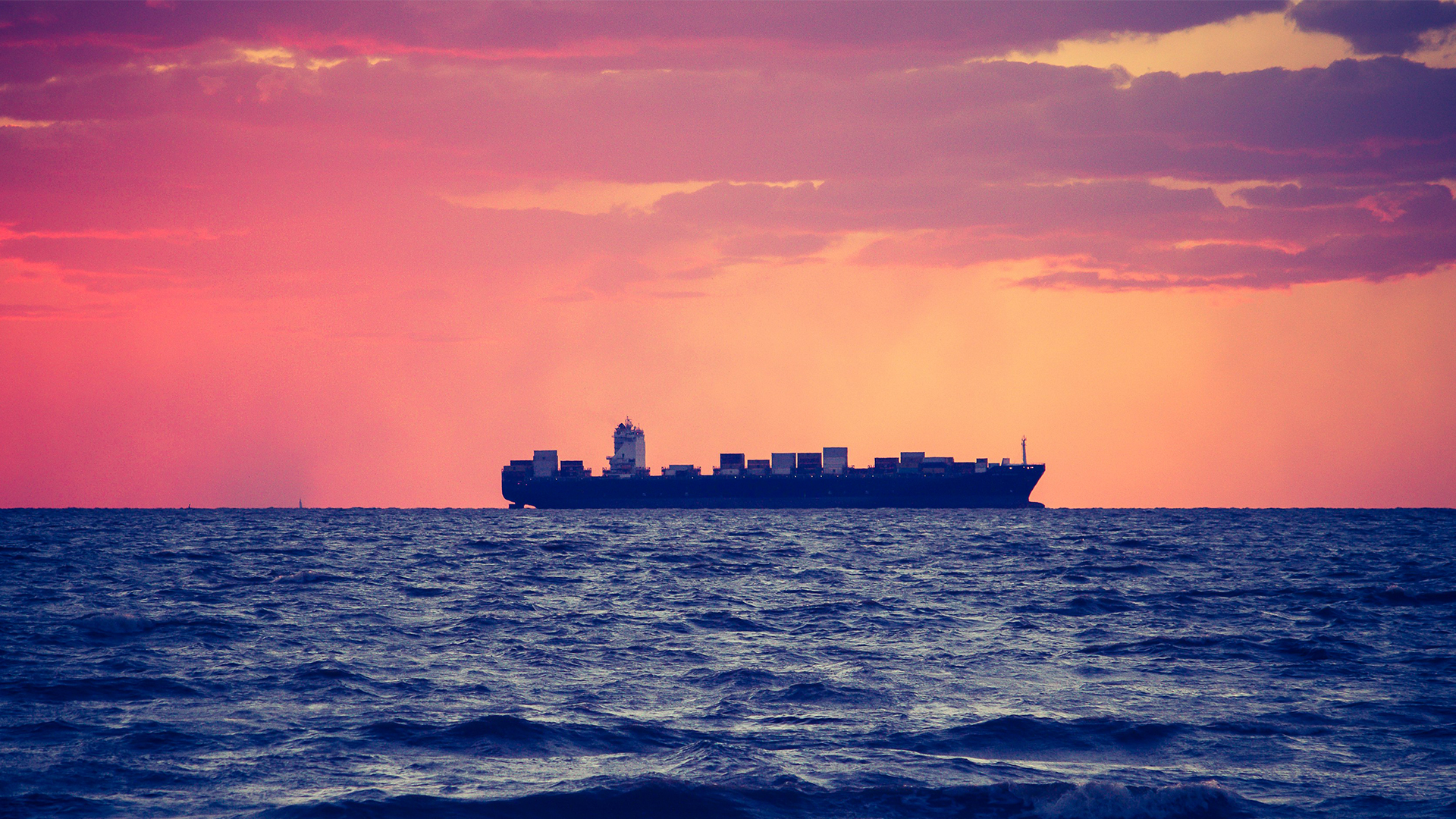
The recent attacks in the Red Sea region have had a significant impact on global supply chains, primarily affecting maritime trade routes, which are crucial for the transportation of goods worldwide. One of the leading shipping companies in the world, Maersk paused /diverted all its vessels bound for the Red Sea or Gulf of Aden, following the incident involving Maersk Hangzhou. While this was the immediate step to protect the goods and people, this cannot be a long term solution.
According to estimates, the Red Sea alone handles about 10- 12% of global trade, and is a critical passageway for international shipping, particularly for the transport of oil and other commodities to Europe and Asia.
Air freight forwarding: what it is and what are its benefits for businesses?
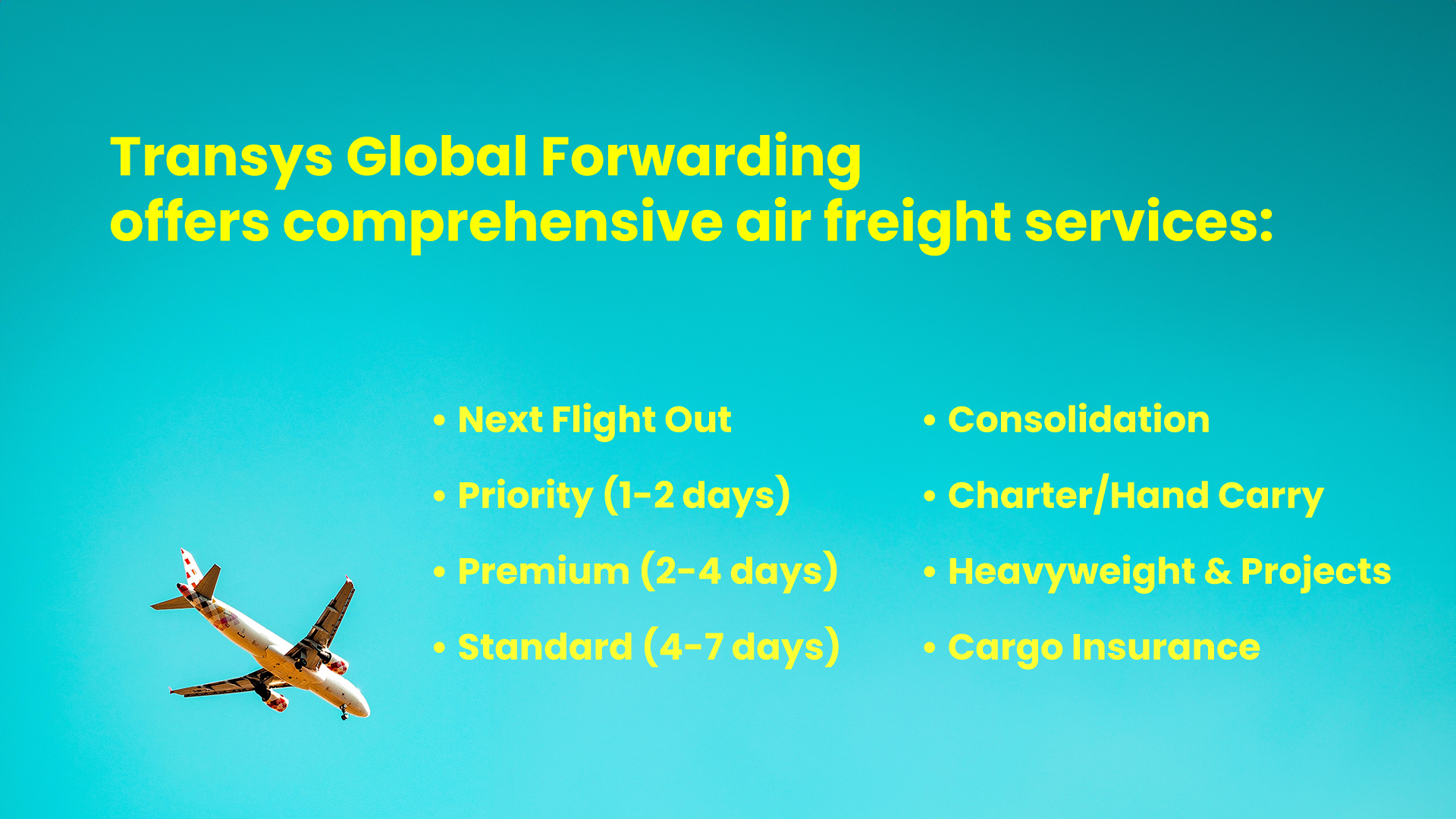
If you deal in international business, then you already know the vital role of air transportation in today’s over competitive global market. As per IATA.org, Air freight handles approximately 35% of global trade by value and is responsible for transporting over $6 trillion worth of goods. Moreover, the research shows that the global air freight market is expected to reach US$ 390.7 billion by 2027, projecting a growth rate of CAGR 5.08% from 2022 to 2027...
Indeed, air freight forwarding is a crucial aspect of international logistics. It helps businesses to meet tight schedules and enhance overall supply chain efficiency.
Explore the world of sea freight forwarding in India with TRANSYS GLOBAL FORWARDING

Sea freight or ocean shipping is one of the leading modes for businesses to ship their goods. It is estimated that more than 80% of goods are transported by ocean shipping and this trend is growing at a rapid rate.
Sea freight or ocean shipping is one of the leading modes for businesses to ship their goods. It is estimated that more than 80% of goods are transported by ocean shipping and this trend is growing at a rapid rate.
As per recent statistics, between the years 1990 to 2021, sea freight has seen a hike of more than doubled and reached up to 11 billion tons according to the latest update. Moreover, another report confirms that the sea freight forwarding market size is $70.50 Billion...
Chilling realities of Recession for Logistics: What Lies Beyond the Frost?

The logistics industry, often considered the backbone of global trade, is facing turbulent times as recessionary pressures and job cuts cast shadows over its landscape.
Maersk recently announced that it will cut 10,000 jobs globally. There is consistent news of family owned generational businesses filing for bankruptcy and smaller firms going out of business in the wake of poor demand...The current situation has been a result of global pressures, unexpected recession and unforeseen slump in the sector. The economic downturn has impacted the logistics sector, raising concerns about its resilience and future trajectory. Understanding the causes, challenges, and potential pathways forward is crucial for stakeholders within this industry.
Transys Global Forwarding A trusted freight forwarding company

Transys Global Forwarding is one of the trusted freight forwarding partners in India. Read on to know more about their expertise and services. In this over-competitive business world, hiring efficient and reliable freight forwarding services are crucial for businesses. A good freight forwarding company helps in reducing costs and works great in managing the complexities of global logistics. Their expertise helps businesses to streamline their logistics operations and facilitate smooth supply chain management.While partnering with a reputable freight forwarding company can yield significant advantages for businesses, the process of choosing the right one is more challenging than it may appear. Among the plenty of choices available in the market....
The 8% growth blueprint: Keep logistics in the fast lane
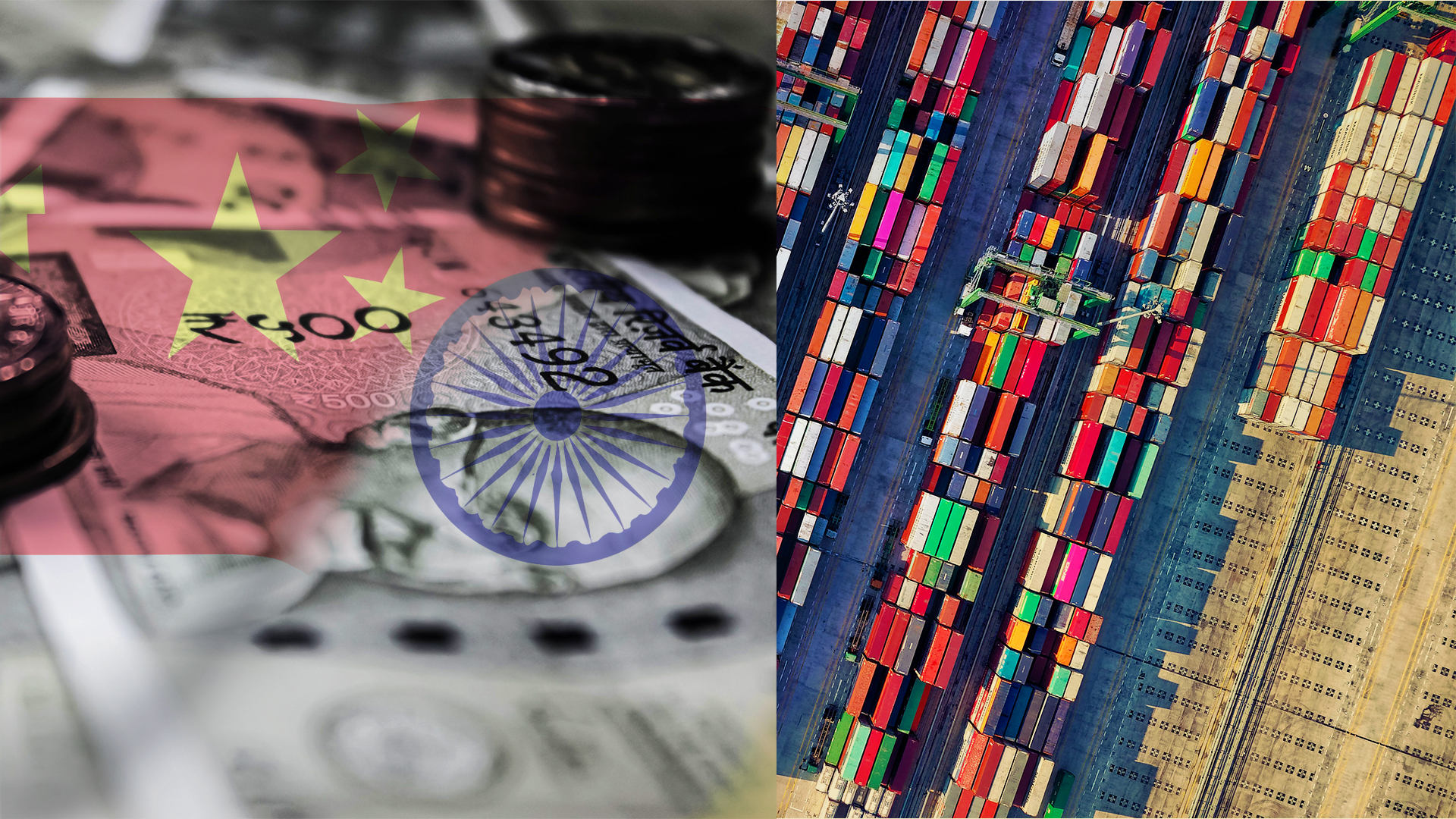
As logistics experts, we understand the critical role that economic growth and investment play in shaping the movement of goods, services, and resources. A recent report by Barclays highlights that India needs to achieve an 8% growth rate to surpass China...
With the current growth rate looming somewhere around 6-6.3% it is important to ask some tough questions about the growth story. While India has been lauded for steering its economy in the tough aftermath of the pandemic at a macro level, in the upcoming election year, it is important to think of the next 5 years and how do we plan to grow the economy to optimise the momentum that we have.
Big data analytics and its impact on improving freight visibility

Big data analytics play an important role in enhancing freight visibility and improving overall supply chain management.
In recent years, big data analytics have become an integral part of logistics operations. Businesses across the world are incorporating big data analytics to upgrade their supply chain management and to improve overall operational efficiency.
As per statistics, supply chain big data analytics will grow at a CAGR of 17.47% in the next few years..
‘The India Story’ can be a success only with thriving Supply Chains
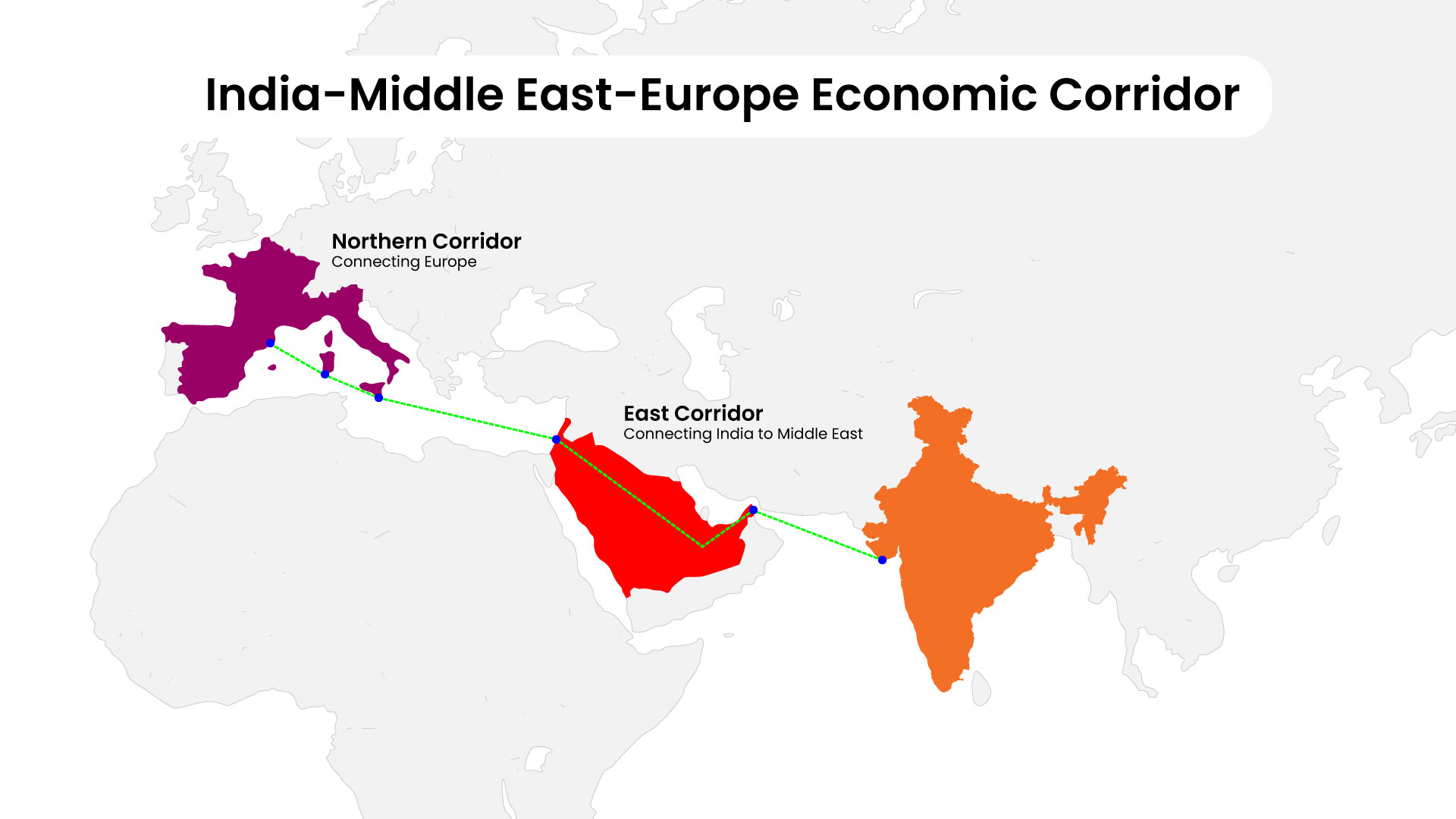
India is ambitious and not hiding from the fact that if it wants to be the third largest economy in the world, it needs to increase its manufacturing output. Currently India is a service dominated economy and while this will continue to be our strong suit, we cannot afford to ignore manufacturing and logistics.
The Indian government and economy experts are on the same page here if we see the recent events. The announcement of The India-Middle East-Europe Economic Corridor (IMEC), on the sidelines of G20 is a major indicator of this.
All you need to know about cross-border shipping!
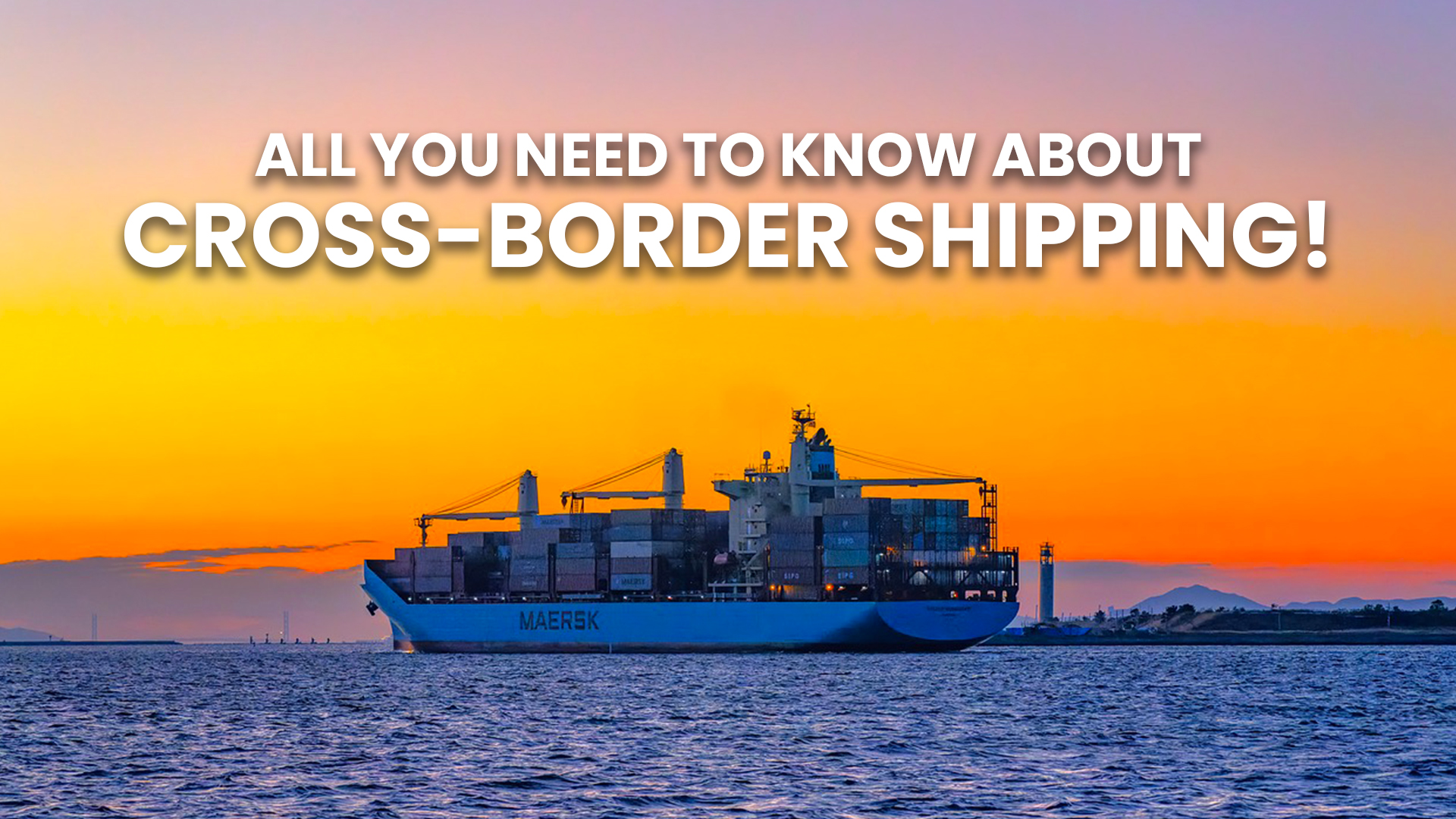
Cross-border logistics is an integral aspect of global supply chain management. It helps businesses to expand their customer base and reach different countries across the world. As per recent research, cross-border trade represents 20% of global e-commerce and is growing at a 2x rate than domestic e-commerce.
Optimizing cross-border shipping is essential for businesses that aim to go global. Manufacturing of a single product requires raw material or parts that might be sourced from multiple countries. Effective implementation of cross border shipping can help businesses.
The New Imperative in Supply Chain Management: Embracing Transparency
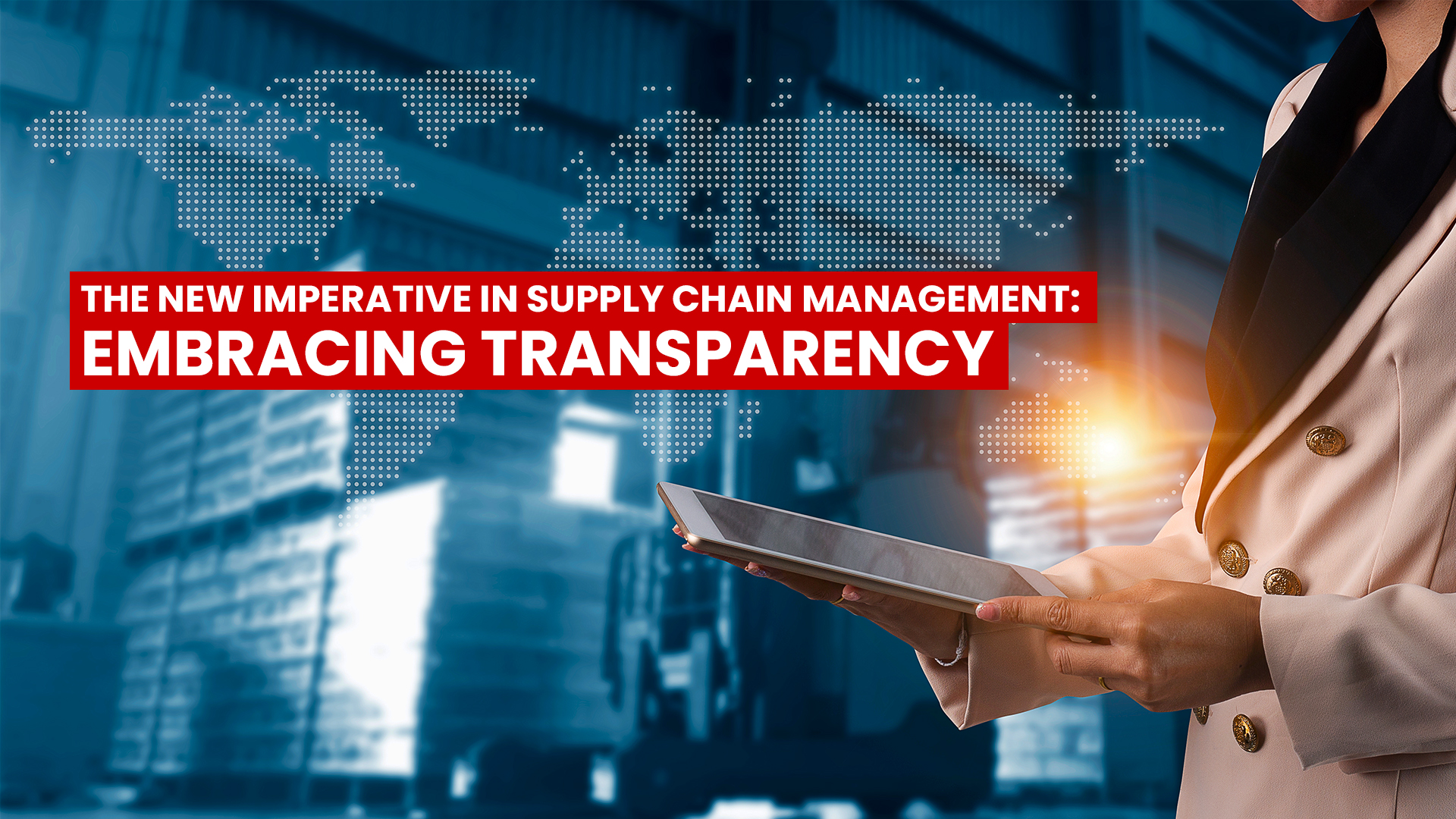
In recent years, the supply chain industry has undergone a seismic shift in its perception of transparency. Historically, supply chain management was often shrouded in secrecy, with businesses guarding their processes and partners like closely-held secrets. One of the most critical reasons for this behaviour was the fear that such disclosures might negatively impact their competitiveness. Supply chain industry is highly competitive and the difference between two good companies might just come down to price. In such a situation disclosing processes and sources would increase the chances of losing advantage and exposing yourself to criticism.
Critical Skills that businesses are looking for in new employees or business partners

In today's rapidly evolving business landscape, the supply chain industry in India is experiencing a transformative wave. With digitization, advanced technology integration, and increased investments, supply chain specialists are facing a paradigm shift in their roles and responsibilities. As the industry continues to grow, so do the expectations of top leadership when it comes to hiring talent or identifying logistics partners for their business. The demand for specialised skills in the supply chain industry has gone beyond traditional transportation roles, transforming supply chain professionals into agile business partners.
Understanding Free trade zones and its impact on international logistics
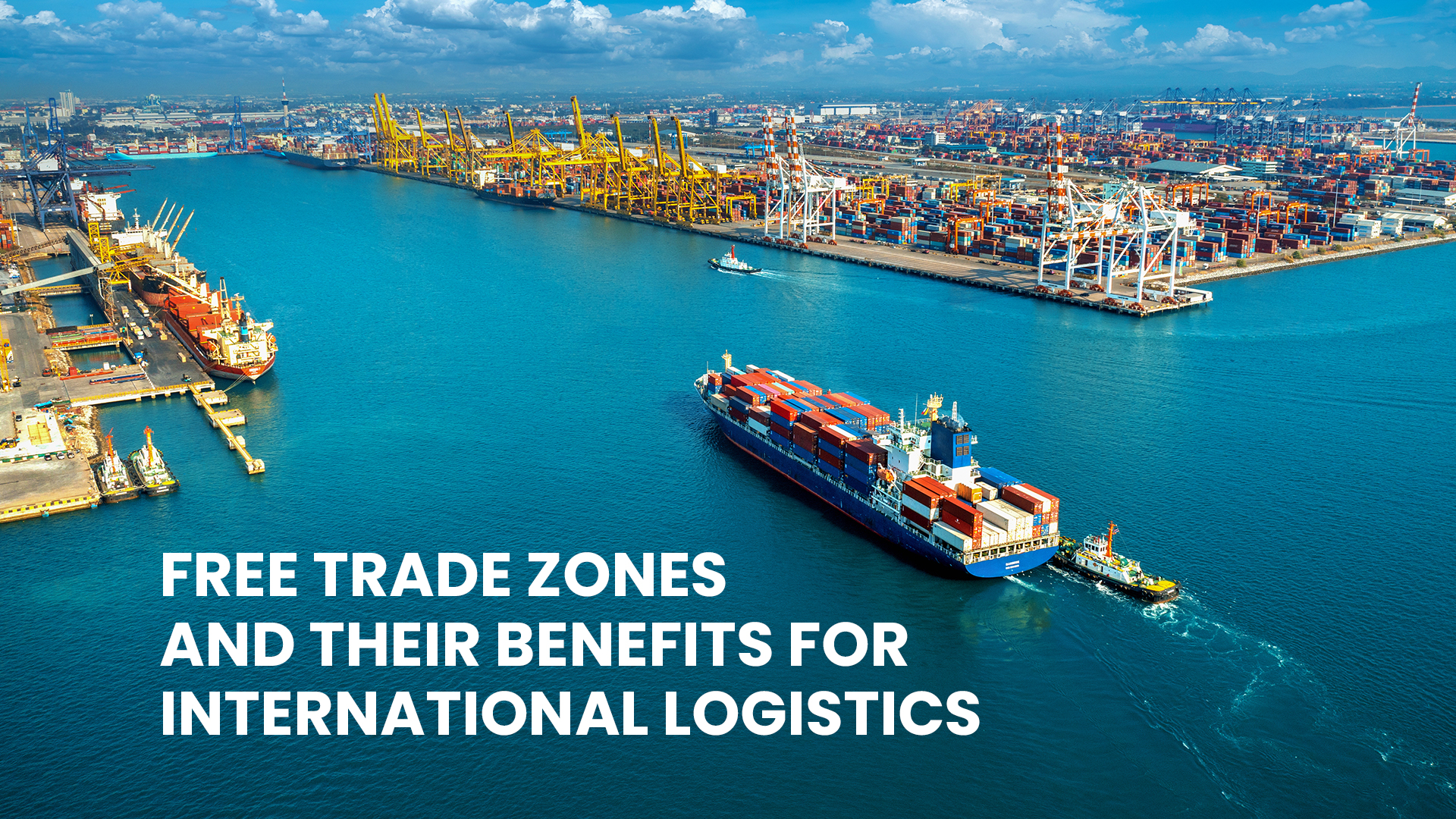
International trading is crucial for businesses to grow their businesses globally. However, it has its own set of challenges, such as complex supply chain management, increased customs and tax charges, etc.
To overcome these challenges, free trade zones or FTZs can be a great option. Free trade zones can help businesses at different stages in reducing import/export and production costs and work great in improving overall supply chain management for transporting goods. Different countries have different rules for free trade zones in relation to obtaining permission and execution.
Choosing the right warehousing partner in India
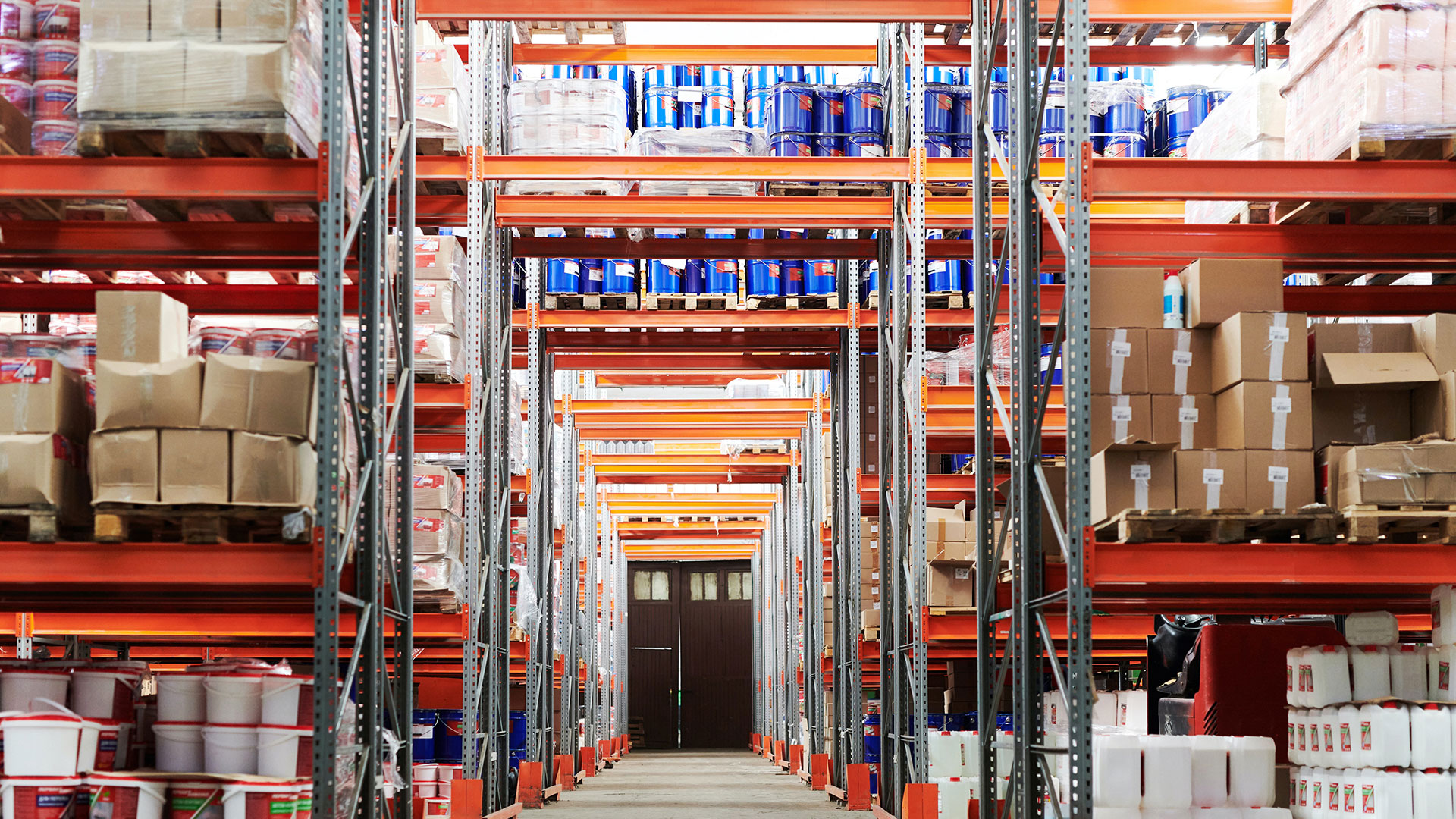
According to ‘Research and Markets’, India’s warehousing market is expected to reach INR 2,872.10 bn by 2027, expanding at a CAGR of ~15.64% during 2022-2027. Another report by Morgan Stanley projected that India will triple its manufacturing base as more companies opt for friend shoring and move out of China. Logistics is poised for exponential growth and warehousing will be in high demand across India.
Warehouse rent all over India has been growing steadily with Tier 1 and Tier 2 cities showing great promise, however if you are a business looking for a warehouse space, it is not the rent that you should be worried about.
Sustainable freight transportation: Future of logistics Industry
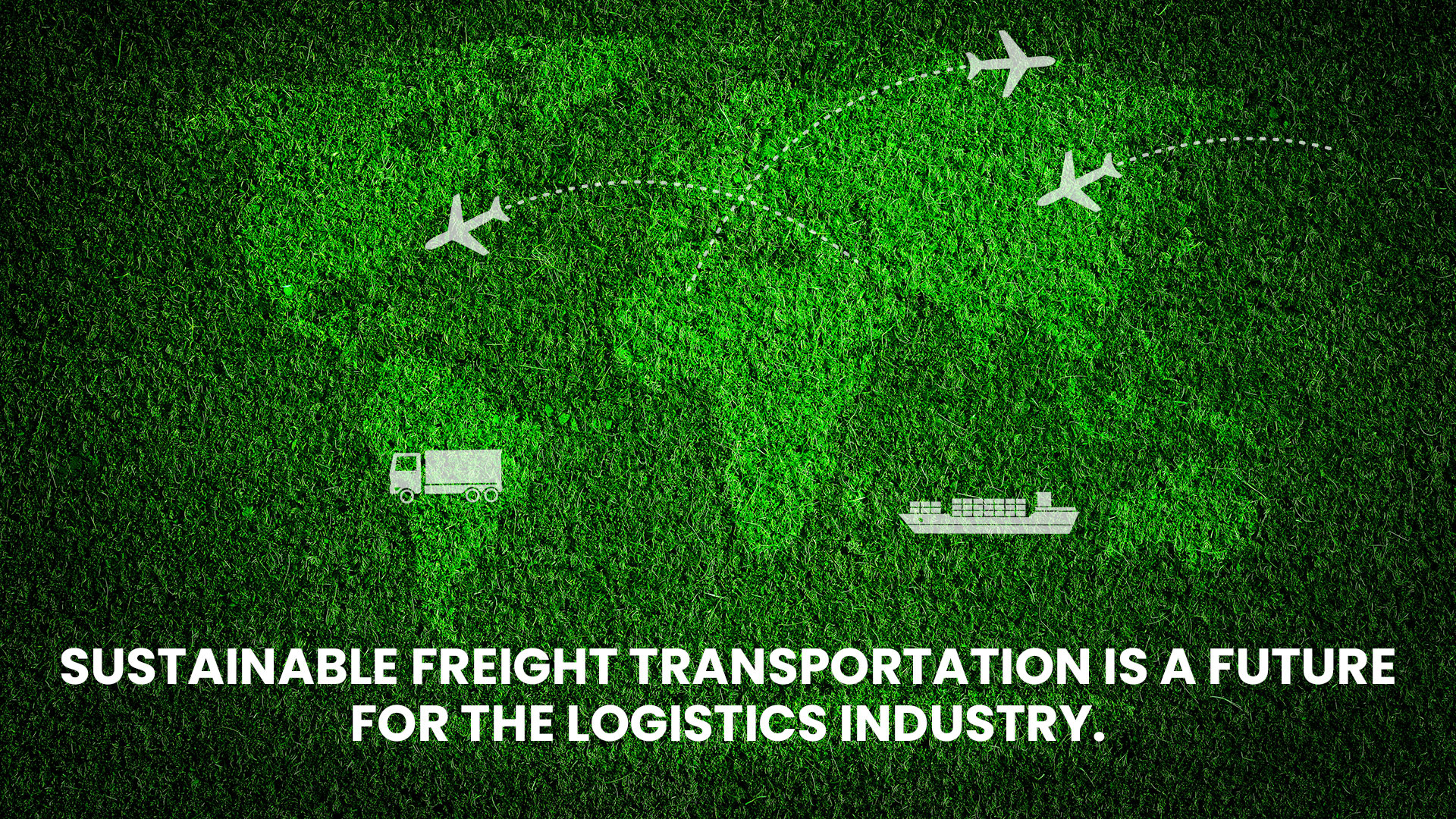
As per a recent google survey, about 53% of shoppers perform their research before buying a product to make sure that they are making the best decision.
They want to know all the different important aspects of a particular product or service before making a purchasing or hiring decision.
How is the product made? What are the company’s policies? And what is the environmental impact of your product or service? These are some of the common questions that modern customers ask before buying any product or hiring any service.
Benefits of 5g technology in logistics

The digital India transformation has achieved yet another milestone in October 2022 with the launch of 5G technology in India. With this launch, India has joined the elite club of over 70 countries that are ready to leverage the power of 5G technology for transforming lives.
From healthcare to education and logistics, 5G is impacting various industries positively. Businesses are looking forward to incorporating 5G in their ventures for achieving better results. Experts say that 5G can play a vital role in increasing productivity, reducing costs and improving overall business operational efficiency and can enhance overall business profitability, too.
Unlocking Opportunities for Logistics

The India- UAE Comprehensive Economic Partnership Agreement (CEPA), completed one year recently. The agreement aimed to grow the bilateral trade between the two countries to USD $115 billion in goods and services in the next 5 years.
The India- UAE Comprehensive Economic Partnership Agreement (CEPA), completed one year recently. The agreement aimed to grow the bilateral trade between the two countries to USD $115 billion in goods and services in the next 5 years.
India may emerge as an effective container shipping hub, but are we ready?
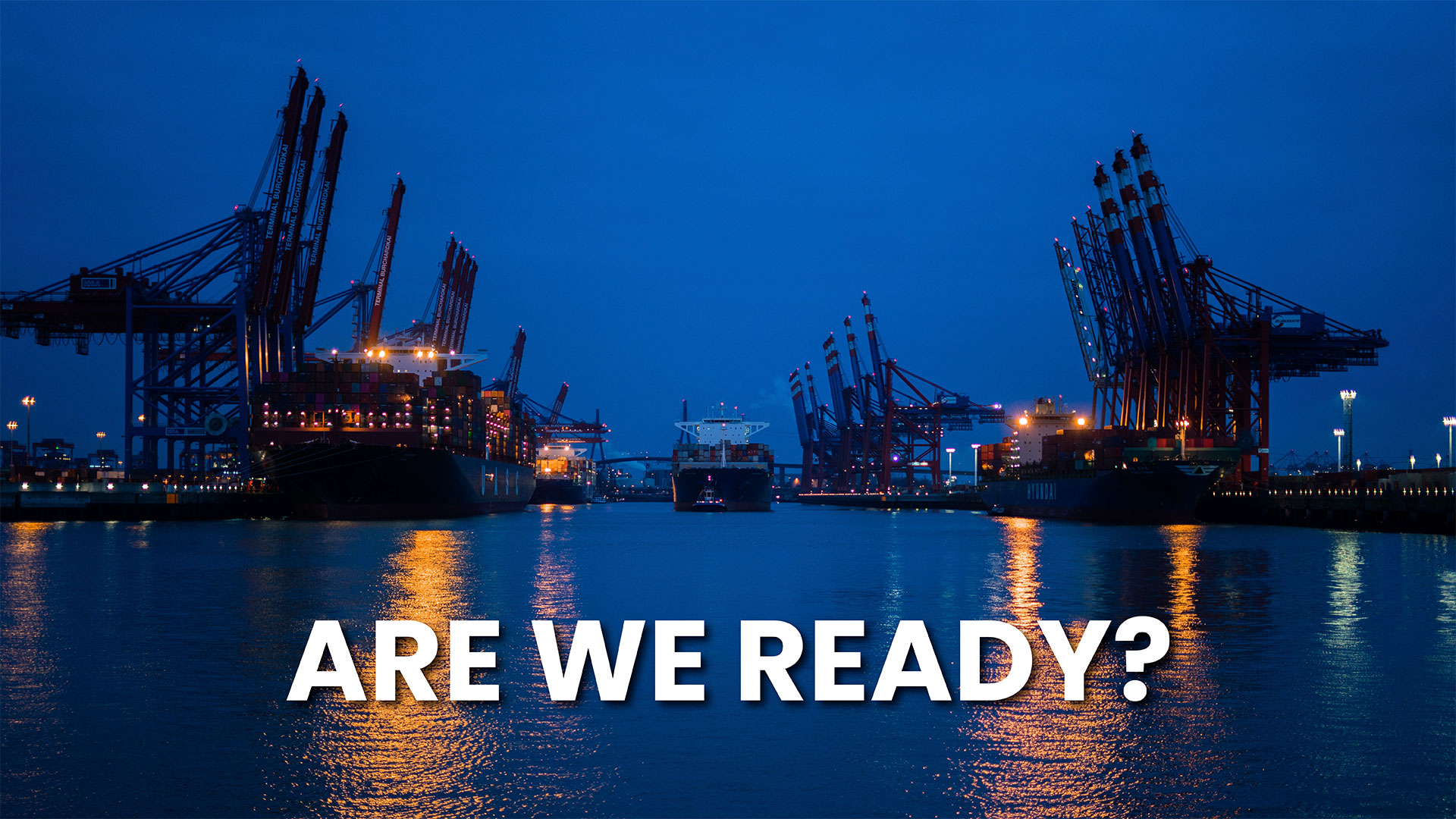
According to a recent survey by Container Xchange, global supply chain professionals consider India, Vietnam as viable alternatives to China. The German container logistics platform surveyed over 2,600 industry professionals from over 20 countries to gather insights on the anticipated shipping and supply chain industry trends for 2023. According to the survey results, 67% of the respondents are of the opinion that India and Vietnam will emerge as effective container shipping hubs in 2023.
The Role of Big Data Analytics in Revolutionizing global supply chain

In the past few years, the advancement of technology has affected all aspects of life. From health to education and supply chain management, technological advancement not only improved overall functionality but boosted productivity as well.
Big data analytics is one of the emerging technologies in supply chain management. It plays an important role in each step of supply chain management. Starting from strategic planning of the supply chain to operations and customer services, big data analytics acts as a catalyst and works great in overcoming various challenges of supply chain management.
Budget 2023: Vision for India’s logistics future decoded
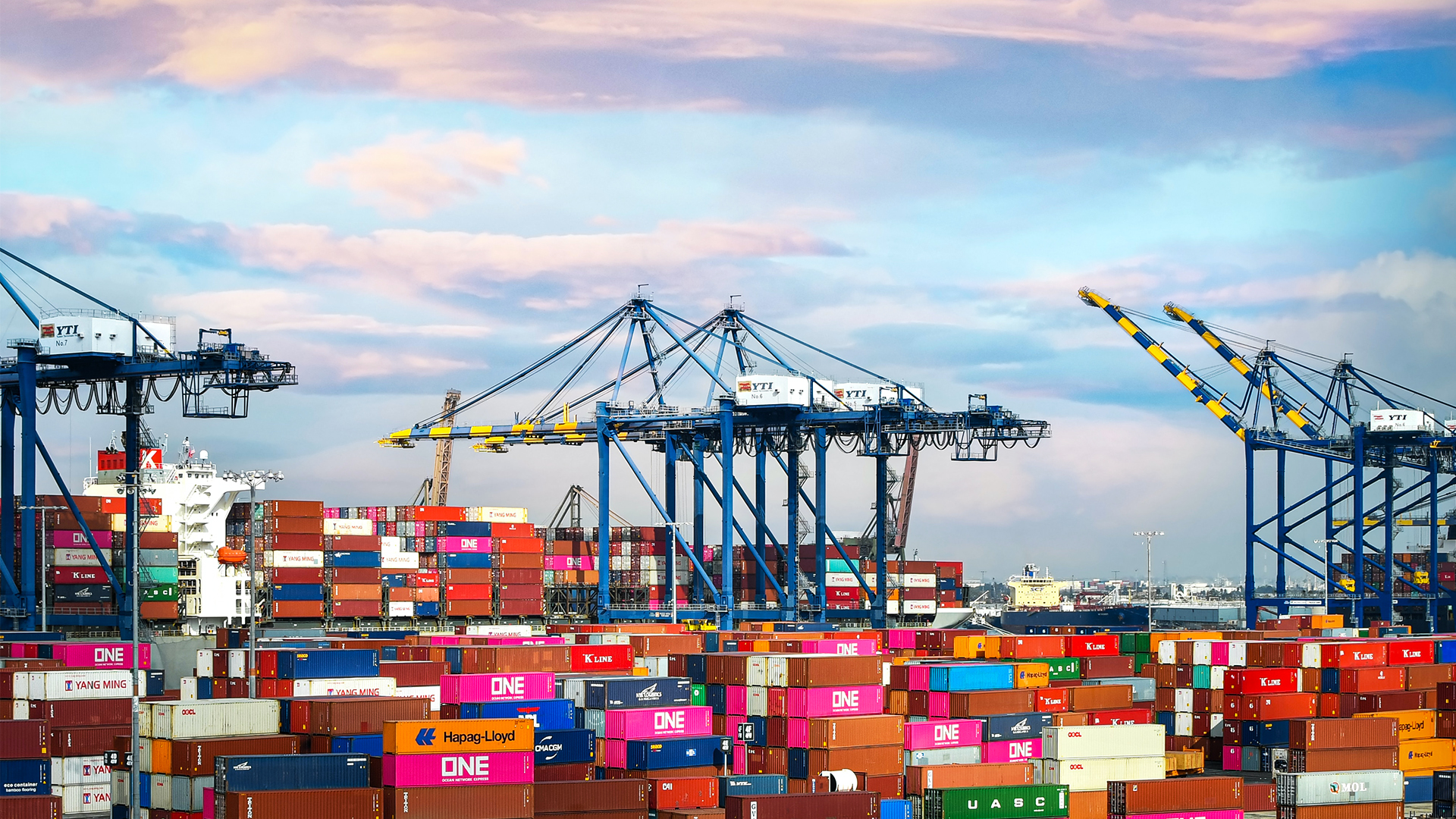
The latest Indian Budget has brought some cheer to the supply chain industry in India. Boosting the capital investment outlay by 33% to Rs. 10 lakh crores in the Union Budget 2023-24, with a focus on infrastructure, will surely fortify India's place in the global supply chain.
This is an excellent move towards India's goal of becoming a $ 5 trillion economy by 2025, since the logistics industry is an essential part of our country's economy, employing 22 million people. The budget had multiple key highlights that point towards government's firm resolve to push logistics industry and support it to become globally competitive.
Choosing the Right Container for Your Sea Freight Shipment
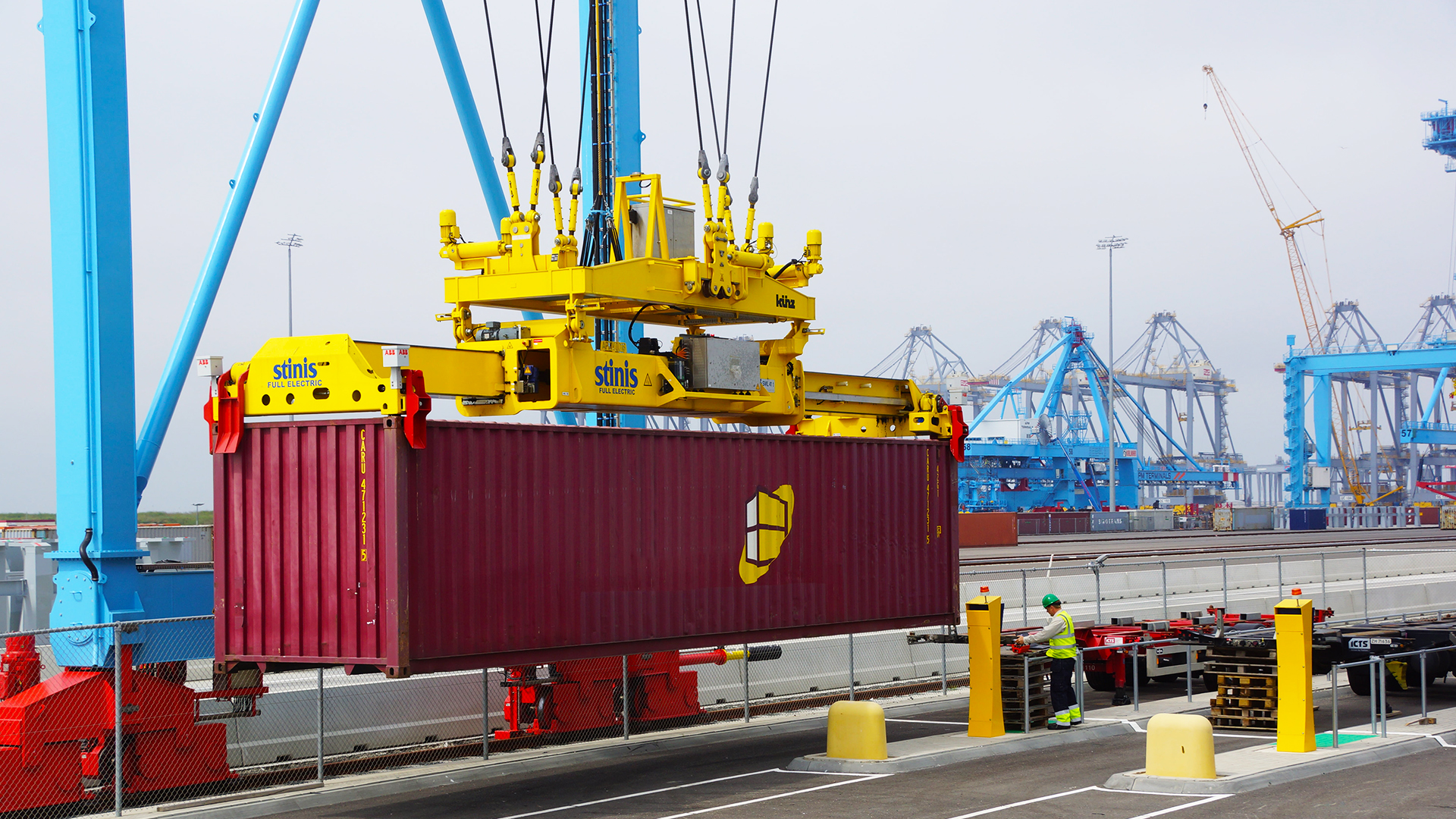
Do you know as per statistics, sea freight shipped about 90% of goods in the world? Sea freight is one of the most used international shipping methods in the global supply chain. It offers many incredible benefits such as it is cost-effective and good for the environment. Moreover, sea freight is the best option to transport heavier and bulky items.
There are many important things to consider while using sea freight for shipping your goods internationally, such as preparing documentation, selecting containers, etc.
Contract Logistics and Warehousing

Gone are the days, when manufacturing companies and businesses used to tackle various aspects of supply chain management (such as storage, shipping etc.) by themselves.
With rapidly evolving logistics innovation, nowadays businesses hire contract logistics companies to maintain smooth supply chain operations which helps in the storage, distribution and delivery of goods at their destination on time and reduces the overall burden of shipping goods locally as well as globally.
Has the time come for AI in Logistics?
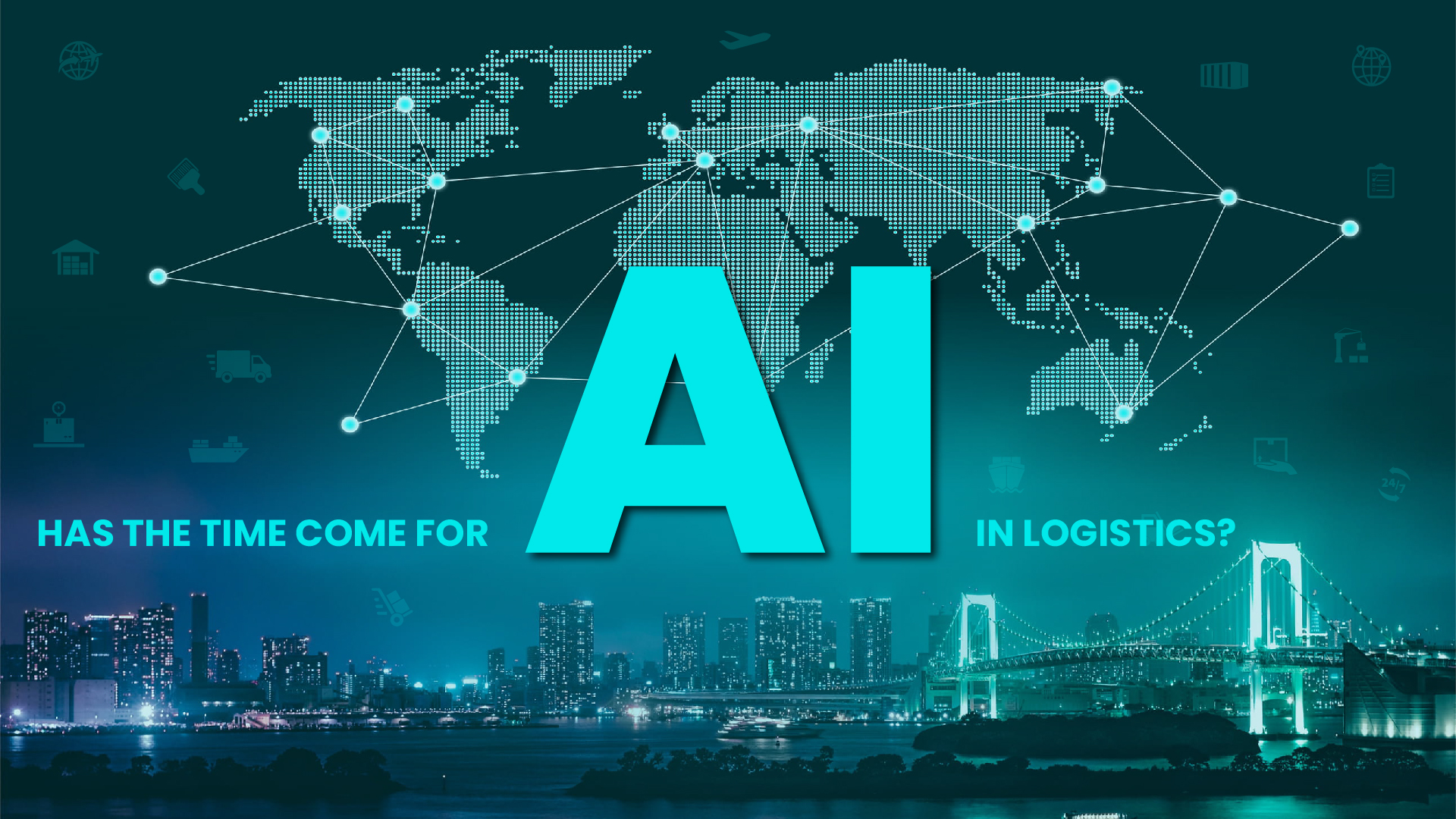
AI is making strong and steady inroads in our daily life. Over the next few years, as AI improves, it will only cement its position in our lives. Right from the auto-suggest in emails to voice assisted services to drone deliveries, technology and AI is maximizing efficiency, but is it time for AI to enter into the logistics industry or is it too early?
According to a report by McKinsey, AI will create a new paradigm in logistics. AI can definitely outperform humans, especially in repetitive but mission-critical tasks and with the growth of e-commerce, it is only time before some level of automation is introduced in the business to improve efficiency. But is the time right today?
All You Need to Know About Sea Freight Forwarding in India
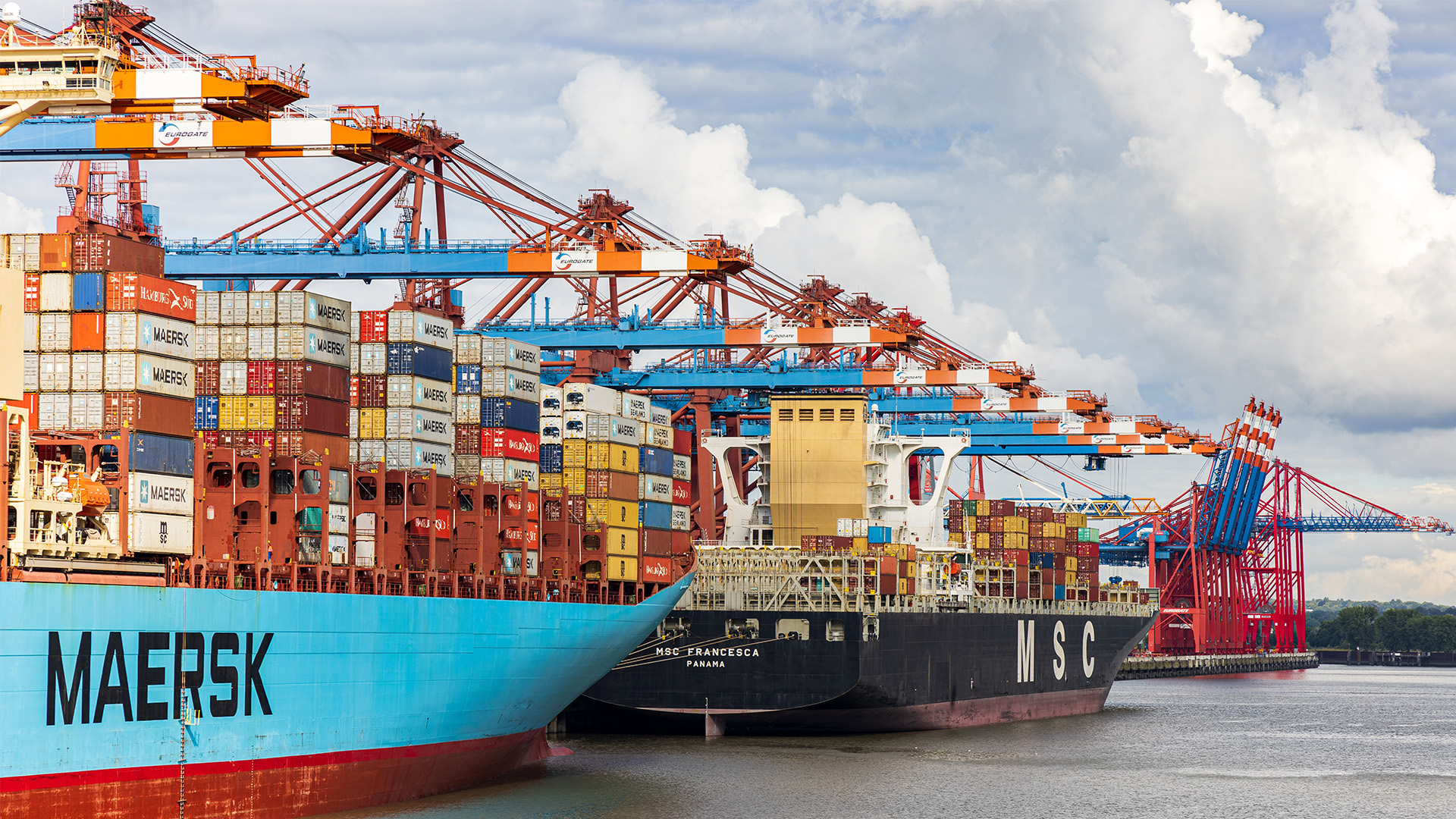
International shipping can be an exhaustive process for businesses. From packaging goods to selecting the correct mode of transportation, there are many things to be considered for the safe and secure delivery of goods internationally.
Air Freight and Sea Freight are the two most common modes of transportation that are used by businesses for international shipping. Both modes have their unique benefits and limitations for shipping goods internationally and you can choose anyone as per your product type and other business requirements.
Supply Chain outlook 2023- What can freight forwarders expect?
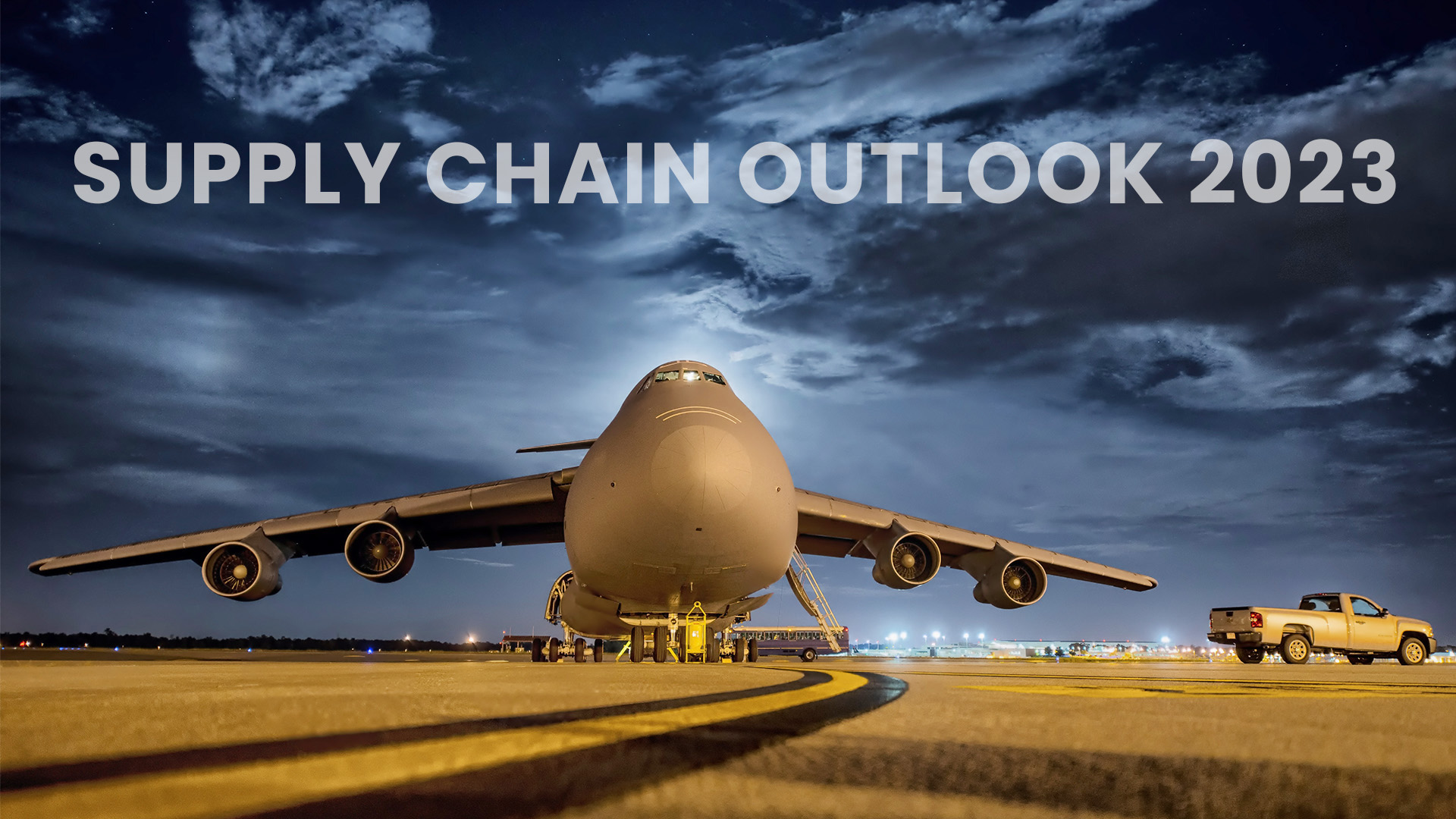
2023 started on a disruptive note across the globe. Be it rising fuel prices, economic downturn, inflationary pressures, natural calamities and even crumbling national economies across the world.
As a freight forwarder, you know that all these factors have an impact on the supply chain services and it is imperative to understand the trends that might shape up the supply chain services in 2023. We have collated a few important aspects that we think will dominate the industry and drive the next phase of transformation in the industry.
How Can G20 Presidency Promote Global Supply-Chain Network

Recently, India assumed the presidency of G20 grouping and has resolved to address important aspects like security and supply chain resilience. Even during the last G20 meeting in Bali, PM Modi emphasized on focusing on global supply chain solutions to improve trade and commerce among member nations.
With India being at the helm, the onus is on us to see through that the G20 bloc develops some important global consensus on issues like supply chain networks.
The Real Heroes of FIFA world cup are supply chain providers

Qatar successfully hosted the World Cup, much to the surprise of the world, but a big part of this success needs to be attributed to the supply chain resilience that imaginative users and logistics solution providers executed, to make this event a big success.
When the decision to provide the hosting rights to Qatar, for World Cup 2022 was announced 12 years ago, many questions were raised on the capability of the tiny country to manage and host the event successfully.
Pharma Cold Chain Movement - Challenges And Opportunities

The pharma cold chain movement requires faultless functioning of logistics due to the nature of products involved in the movement. This has become even more evident in the post-pandemic world, where prompt and uncompromising delivery of temperature-sensitive medicines and vaccines has become critical. Therefore, it is incumbent upon the pharmaceutical industry to overcome the challenges posed to the cold chain movement at present and make optimum use of the opportunities available to maximize efficiency.
Is it time for shipping industry’s digital transformation?
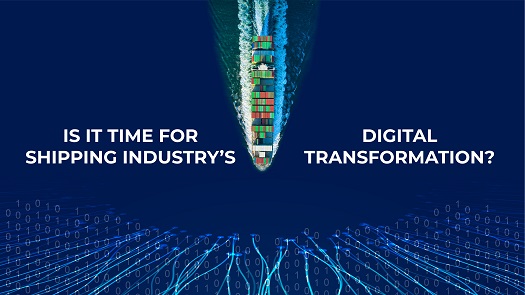
With less than 40% of commercial shipping fleet using even basic software service, you might think it is too premature to discuss digital transformation. However, change usually happens when no one is expecting it. Sea freight forwarding has stayed the same for too long as compared to the land and air logistics and this is an opportune time for shipping to undergo a transformation to match the customer expectations.
Even though more than 80% of all commercial cargo is transported via sea freight forwarding services, the digitization and visibility as compared to other modes of transportation are very low. All this is set to change as technology enhancement makes it possible to have better connectivity and tap opportunities that were missing earlier.
Multi location sourcing to be the new reality in manufacturing sector?
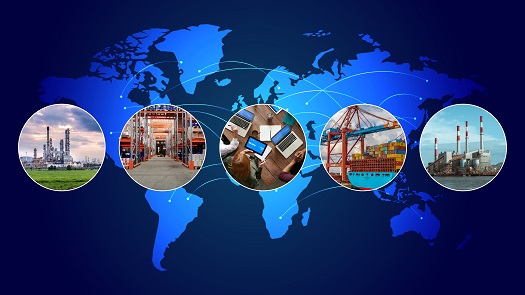
The short answer to this is Yes.
The pandemic has made businesses rethink their strategies and supply chains world over. While this is true for every industry, the shift is already visible in the manufacturing sector as they are seriously thinking and working towards multi-location sourcing.
Why we think multi-location sourcing will be a new reality in manufacturing?
For years, China has been the global factory for goods, however the pandemic highlighted the world dependence of one source and country, which impacted the business operations world-over. This made businesses rethink their strategies and plans. The pandemic disrupted the status quo.
Cold Chain Logistics Complexities and Possible solutions

Do you remember the news article where governments around the world were struggling to find ways and means to store and transport COVID vaccines at nearly -70 C?
Problems like these brought the focus back on effective and efficient cold chain logistics. While the pharma companies developed short-term solutions like creating special transport boxes to ensure the perfect temperatures, these aren’t sustainable for international shipments.
Over the past couple of years, the logistics industry has focused on developing the cold chain segment. According to Allied Market Research, the global cold chain logistics market was valued at $202.17 billion in 2020, and is projected to reach $782.27 billion by 2030, registering a CAGR of 14.6% from 2021 to 2030.
7 ways to identify a credible freight & supply chain solution provider
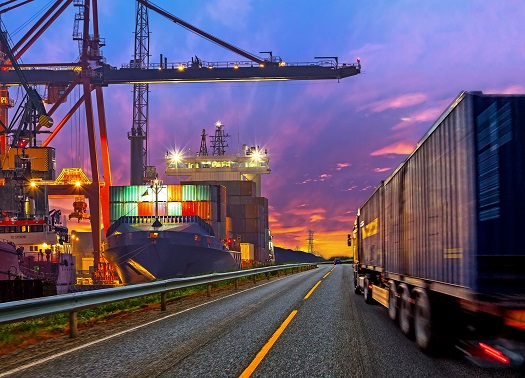
Finding a credible freight forwarder is important for any business, as timely delivery will affect the business's reputation and revenues. In a globalized business environment wherein, the manufacturing of a product depends on sourcing multiple parts from various regions and countries, on-time raw material delivery and shipping of finished goods under specific conditions has become crucial to manufacturing organizations.
A logistics and supply chain user at the decision-making table is no more a facilitator in planning and organizing controlled flow of goods but plays the role of a match winner in driving the businesses’ overall manufacturing and distribution pipeline.
New Year, New Hope: What should freight forwarders prepare for in 2022

The New Year might feel like a repeat of what we saw in 2021. The new variant Omicron is surging across nations crippling healthcare, keeping employees away from work and forcing new restrictions and lockdowns. While the problems might be similar, but this time around freight forwarders seem to be better prepared.
The decision makers in the supply chain industry have been concerned about various issues but this time around they seem to have a solid strategy to reduce the impact on global supply-chain industry.
Reflections 2021 – A year that was for the supply chain industry
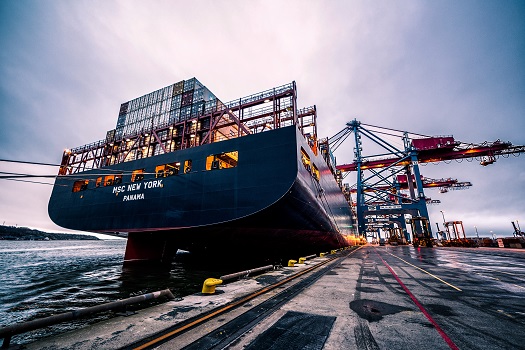
Yet another year of great disruptions comes to an end. At the start of 2021, the supply chain industry faced with unprecedented crises that revolved around excessive demand, poor supply and unavailability of shipping containers. It impacted trade world over and now even as we near the end of 2021, it is obvious that the crises is far from over.
Looking back, there are a few lessons to be learnt and new insights that can help the supply chain industry equip themselves better for the coming years. Our current post attempts to understand these learnings by looking back and reflecting at important things that shaped the year 2021 for logistics industry.
Will shipping lines kill the sea freight forwarding business?
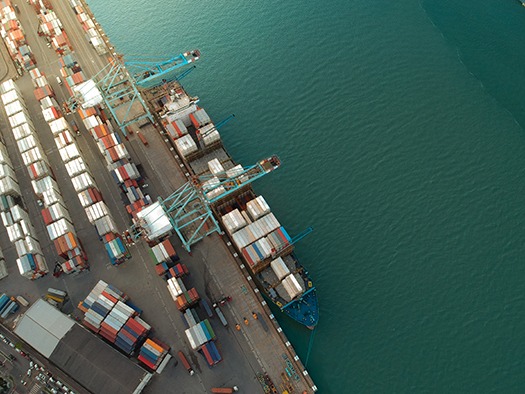
The Shipping lines v/s sea freight forwarders, a scenario that headlines major sea freight forwarders discussion is not devoid of merit. Economic growth across the world fueled the meteoric rise of supply chain in general and sea freight in particular. While shipping lines and sea freight forwarders are the part of the same ecosystem, current trends seem to suggest that shipping lines want a bigger share in the profits.
Is the fear of shipping lines pushing sea freight forwarders out of business real?
There are enough indications for sea freight forwarders to be cautious. Let us look at some of the factors that are worrying sea freight forwarders so much.
What is the future of air freight forwarding operations?
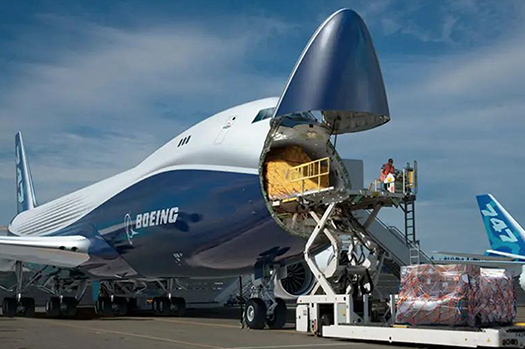
The V shaped economic recovery, soaring sea freight rates and the quick delivery solutions that air freight forwarding option can provide has made it a lucrative option for businesses world-over. But is this a temporary correction or will this change the air freight industry forever?
Looking at the surging costs, it is easy to assume that this question is tad too late; however the current air cargo rush and the resulting higher costs are a result of multiple factors and that is the focus of our current blogpost.
Top 7 Trends Shaping the Future of Supply Chain Management
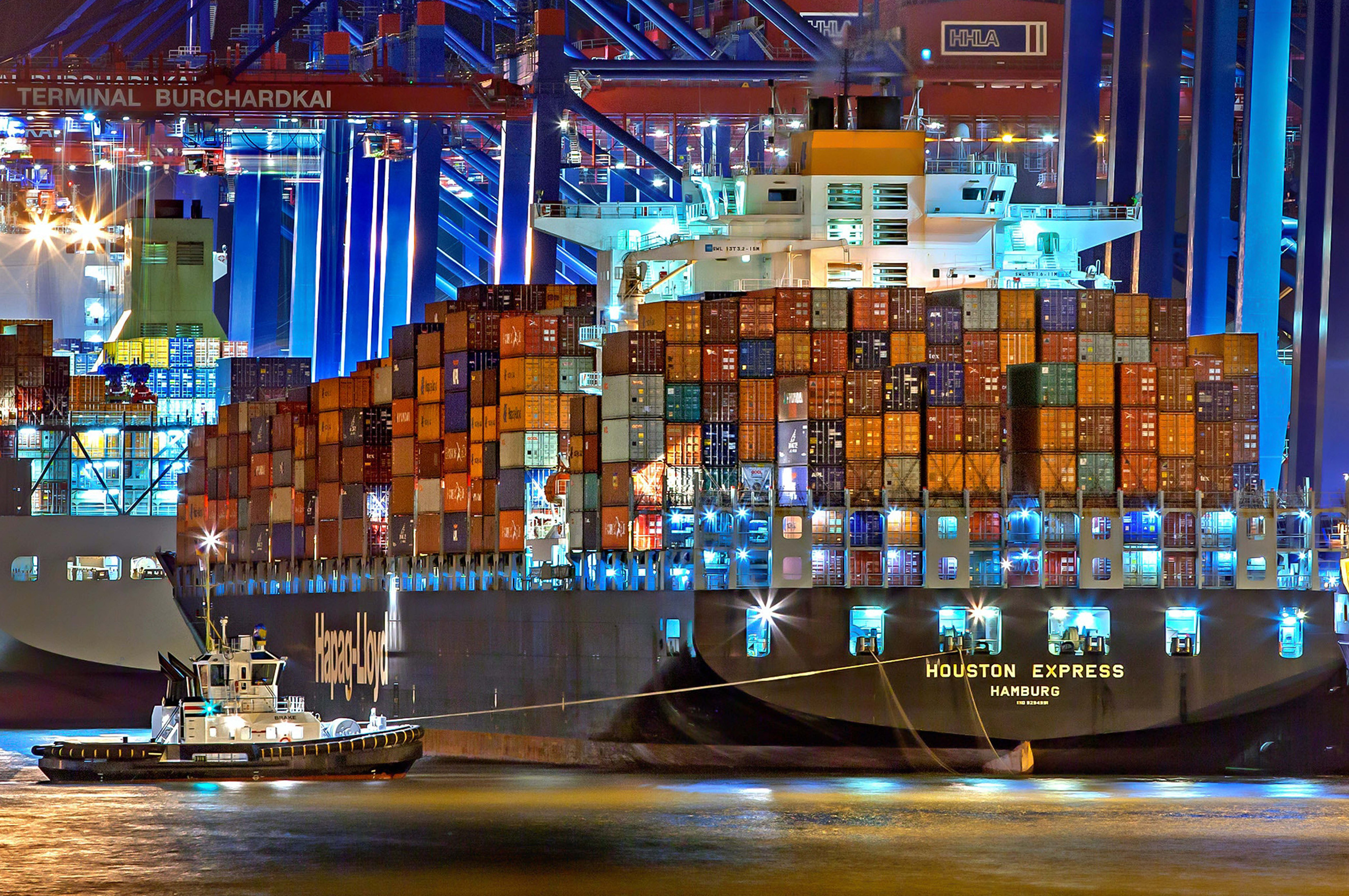
It is said that ‘Every crisis is an opportunity.’ Covid-19 pandemic is no different. It disrupted the supply chain management industry and hastened the business transformation process. Currently, the supply-chain industry is looking at greater technology integration, effective cross-regional collaboration, optimized pre-fulfilment speed and stronger supply-chain talent to transcend the current crises, galvanize industry 4.0 implementation initiatives and pave way for industry 5.0
7 Trends Shaping the Future of Supply Chain Management
1. Greater emphasis on regional hubs
Global uncertainties like the situation unfolding in Afghanistan, recent US-China tariff wars, natural calamities in various parts of the world etc.
Freight: Fight or Flight?
By Sumit Varma

The Pre-alert
Citigroup, United States of America, 1999.
The merger between Citicorp and Travelers Insurance, a large corporation that owned and controlled the investment bank Smith Barney, would in many ways alter the course of history in modern day economic growth of nations and its consequences. At the core, the merger which created the vast conglomerate involved with banking, insurance and securities would directly stand against the fabled Glass-Steagall Act of 1933. Simplified, the act came into force after the Wall Street collapse of 1929 wherein, overenthusiastic commercial banks got into investments in stock market, buying stocks in private corporations for resale to public. The pursuits of these institutions in the hunt for abnormal profits more often than not clouded their judgments, eventually leading to the collapse. The Glass- Steagall act made sure that commercial banks and investment banks are kept forever apart.
Cut to the present, the largest financial conglomerate in the world now...
The World of freight forwarding in the past decade (2010-2020) & Covid -19 fall out
By Sumit Varma
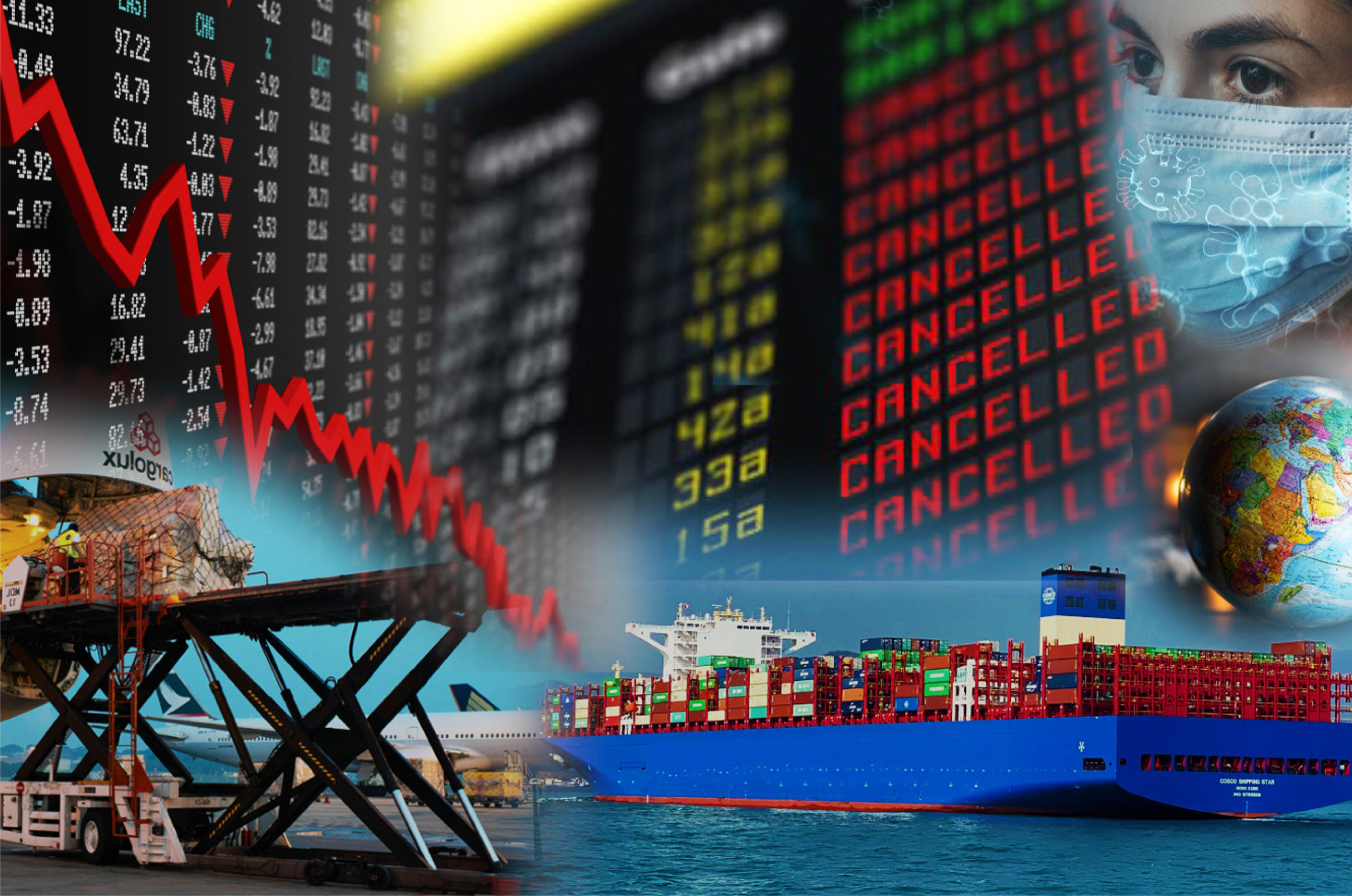
The global trade facilitators in the past decade- Freight ForwardersThe global trade facilitators in the past decade- Freight Forwarders
For the first time, a decade later since the global financial crisis of 2008, the estimated $130bn air and sea freight forwarding industry faced the most challenging year culminating one of the most critical yet transformative decades in the years to come.
It’s the airfreight decline for most global forwarders followed up with a marginal increase in sea freight volumes that has clearly led 2019 performances. The continuing consolidation acts through M&A’s has helped some of the traditional European forwarders into a bigger commune. Leading industry analysts projected a real term contraction of business for the first time in little over a decade since the crisis of 2008. The USA- China trade war that has costed lost opportunities in the trans-pacific sector of shipping, followed up with lacklustre performances from export driven economies like Germany & Singapore, lighter movement in high tech, automotive and smart phone segments....

